Virtual Tour de France: Exclusive stage-by-stage recon of Zwift's biggest ever race
A detailed look at the six stages, including two never-before-seen Zwift worlds
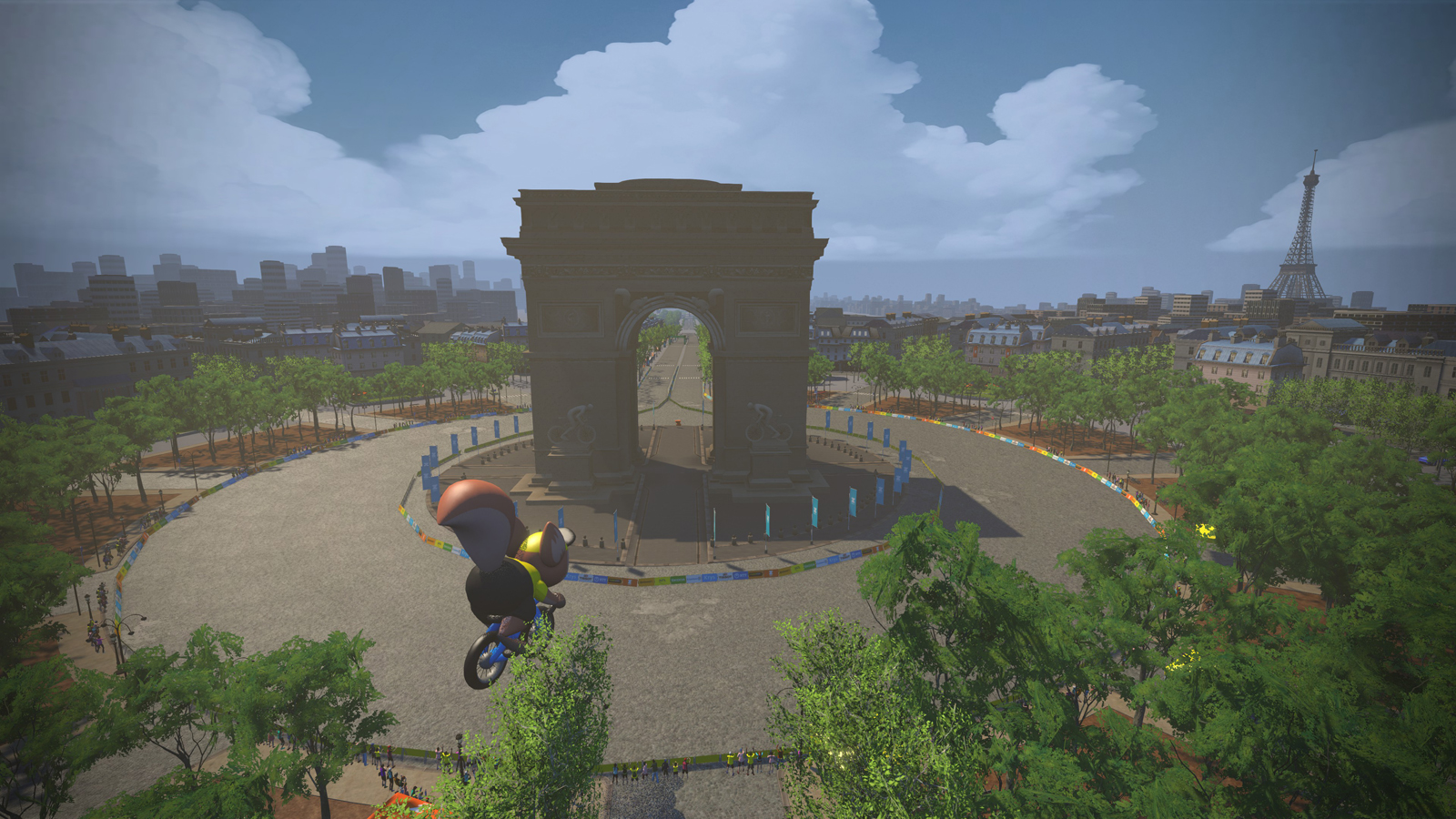
Last week Zwift released its latest update ahead of the news that it would be hosting the Virtual Tour de France. The digital eSports version of the world's biggest bike race will consist of six stages, and take place on each weekend throughout the originally scheduled dates of the now-postponed Tour de France.
Described in launch notes as a 'big one', Zwift unveiled two new worlds: France, consisting of eight routes and including 'Ven Top', a replica of Mont Ventoux; and Paris, home to two routes, both of which traverse a digital replica of the real-world Champs-Élysées.
With the new worlds being event-only, very few Zwifters have been given the privilege of experiencing the new worlds that will be raced by the likes of Chris Froome and Marianne Vos later this month. However Cyclingnews can reveal some of the details.
How riders will tackle the Virtual Tour de France will differ to the real-world race. Men are limited to ride a maximum of three stages each, while women are limited to four, meaning all of the jerseys will be allocated to the team as a whole, rather than individuals.
Just like in the Tour de France, points are awarded to the first rider across the line, rather than in former Zwift stage races' segment-based timings.


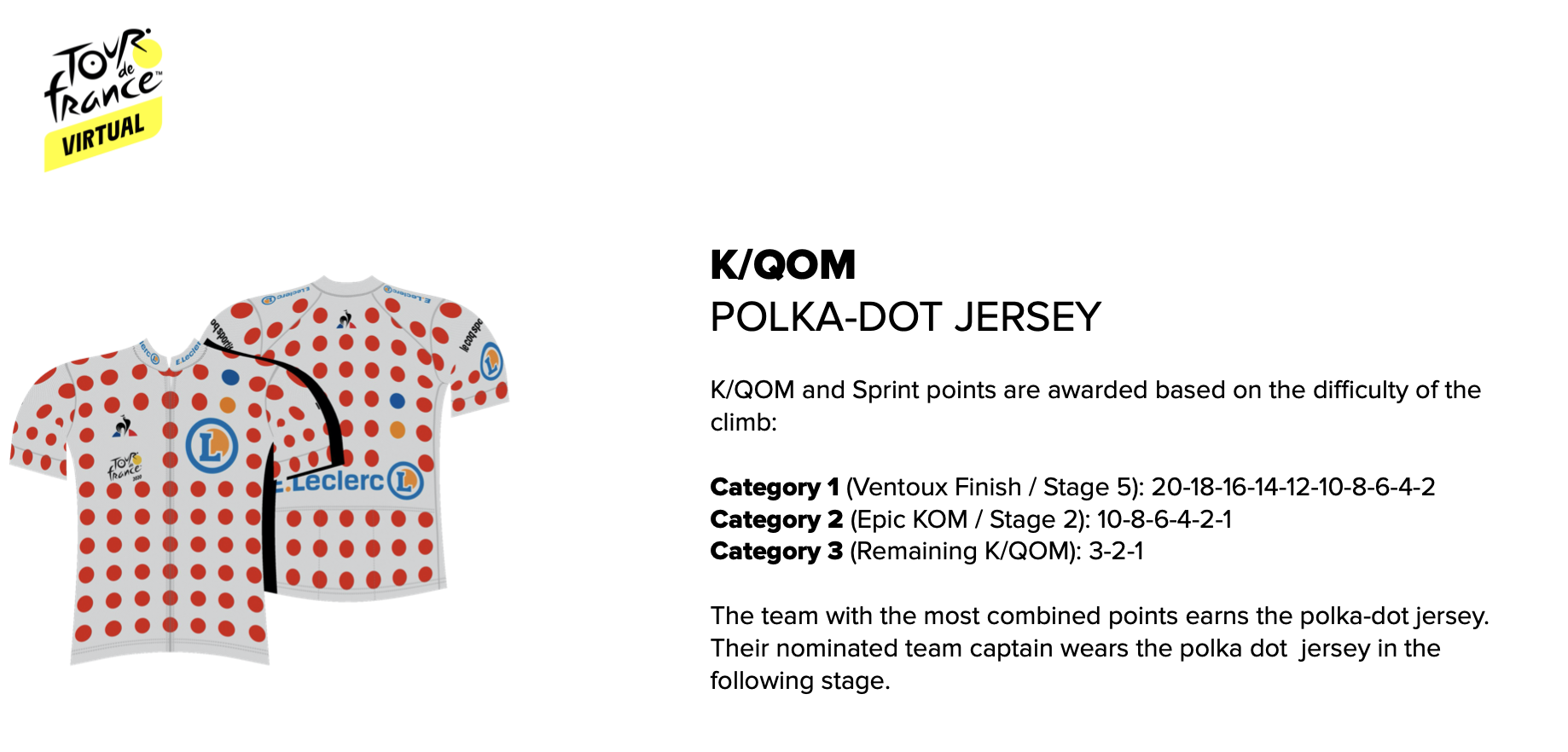
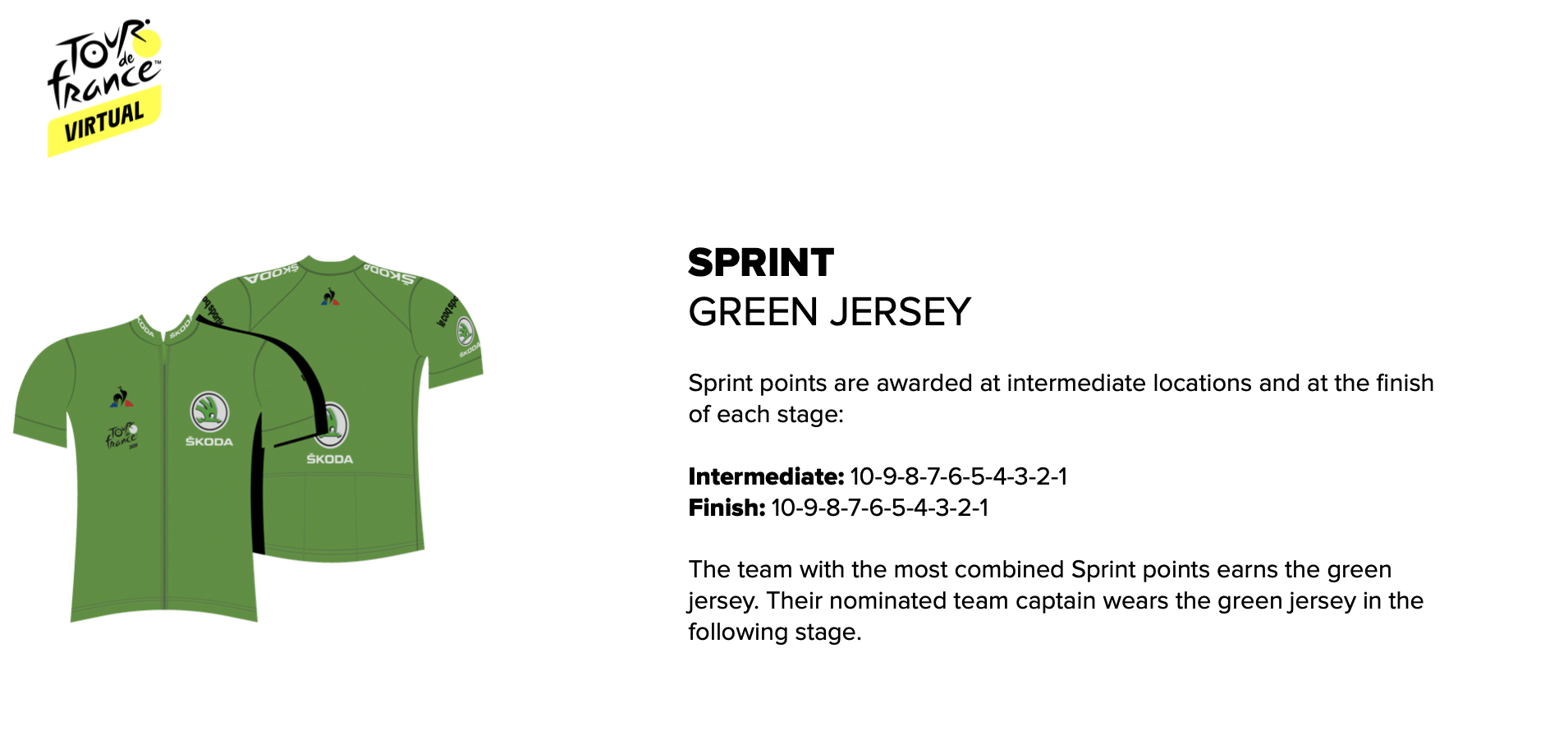
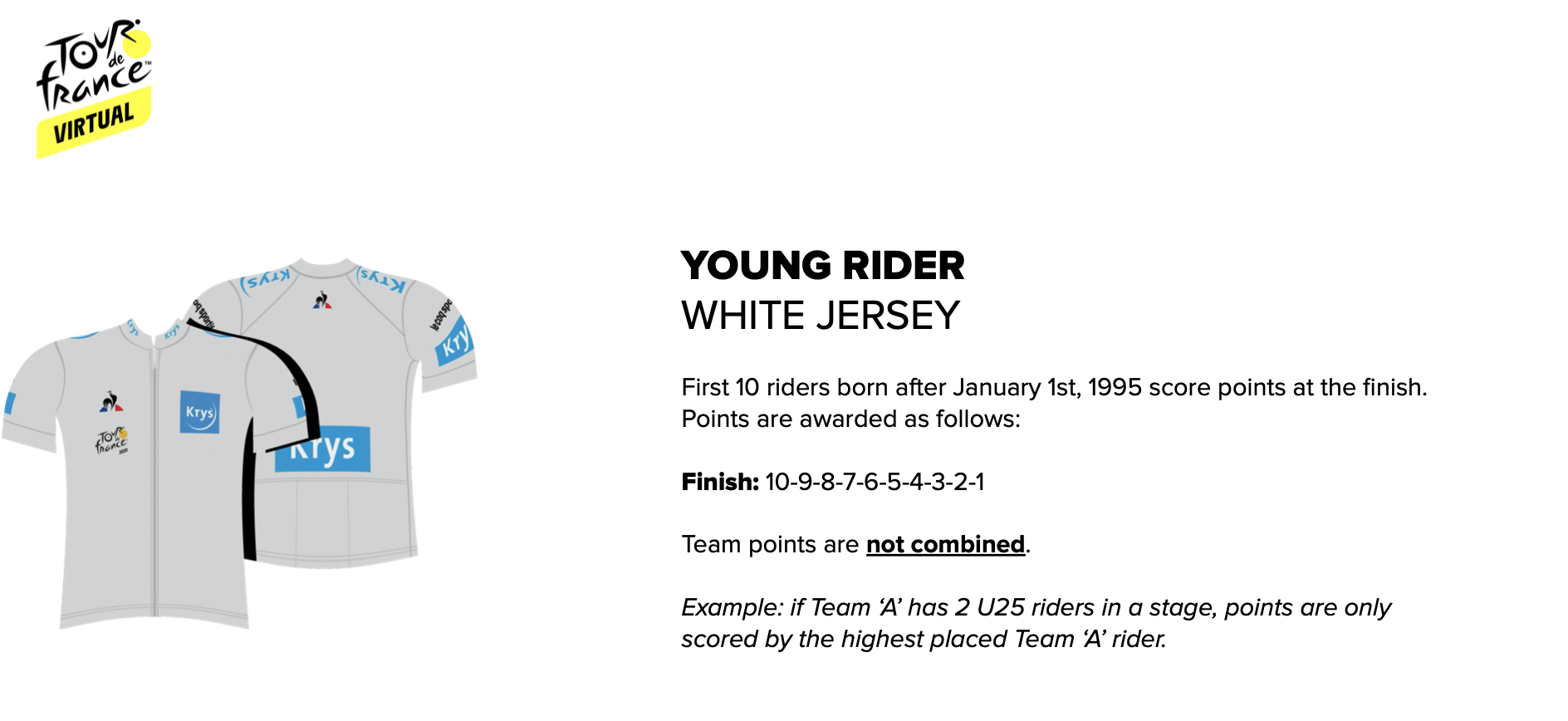
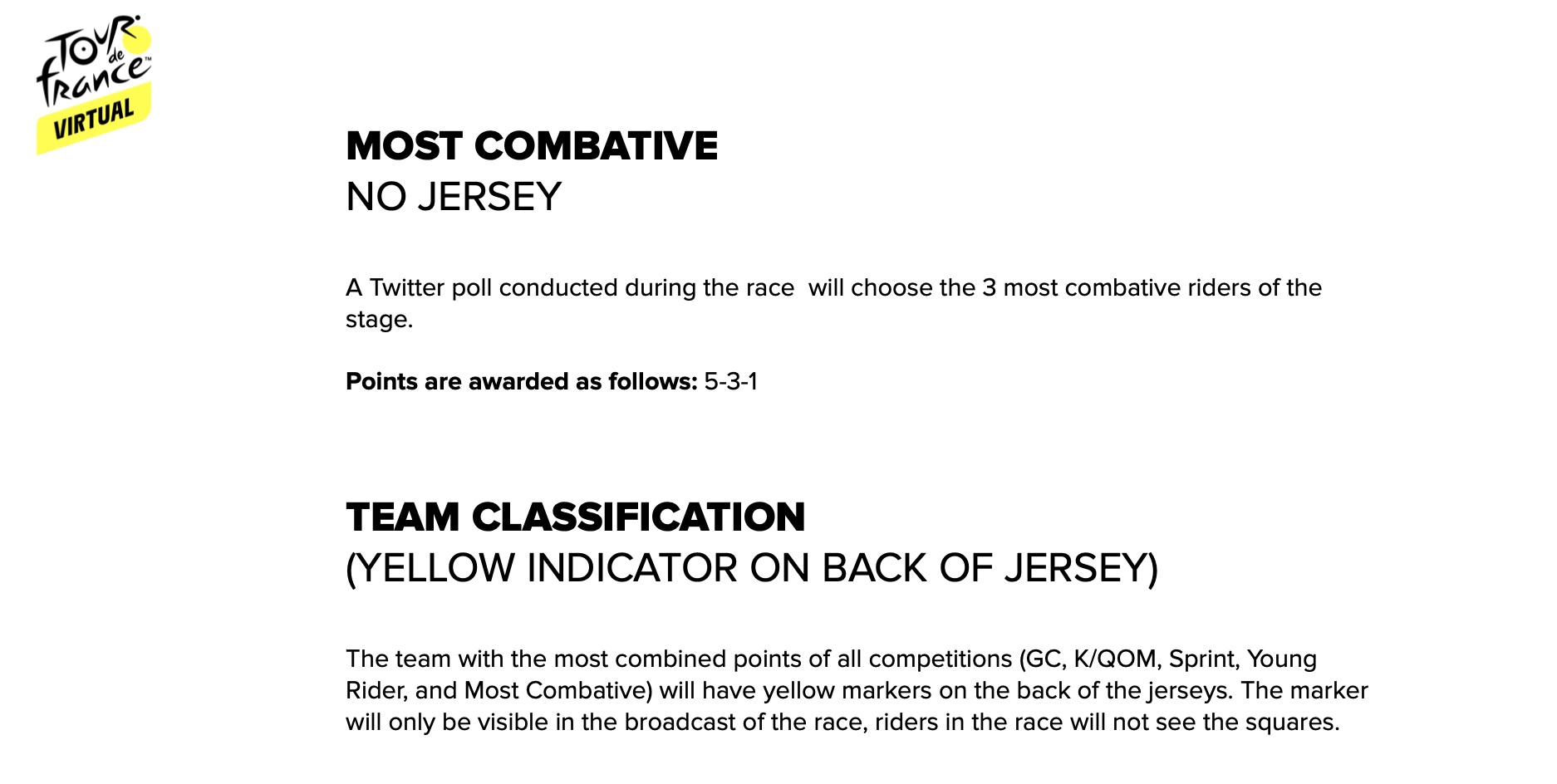
Stage 1: Watopia Hilly Route (Reverse), 36.4 km (22.8 mi) / 432 m (1,416 ft)

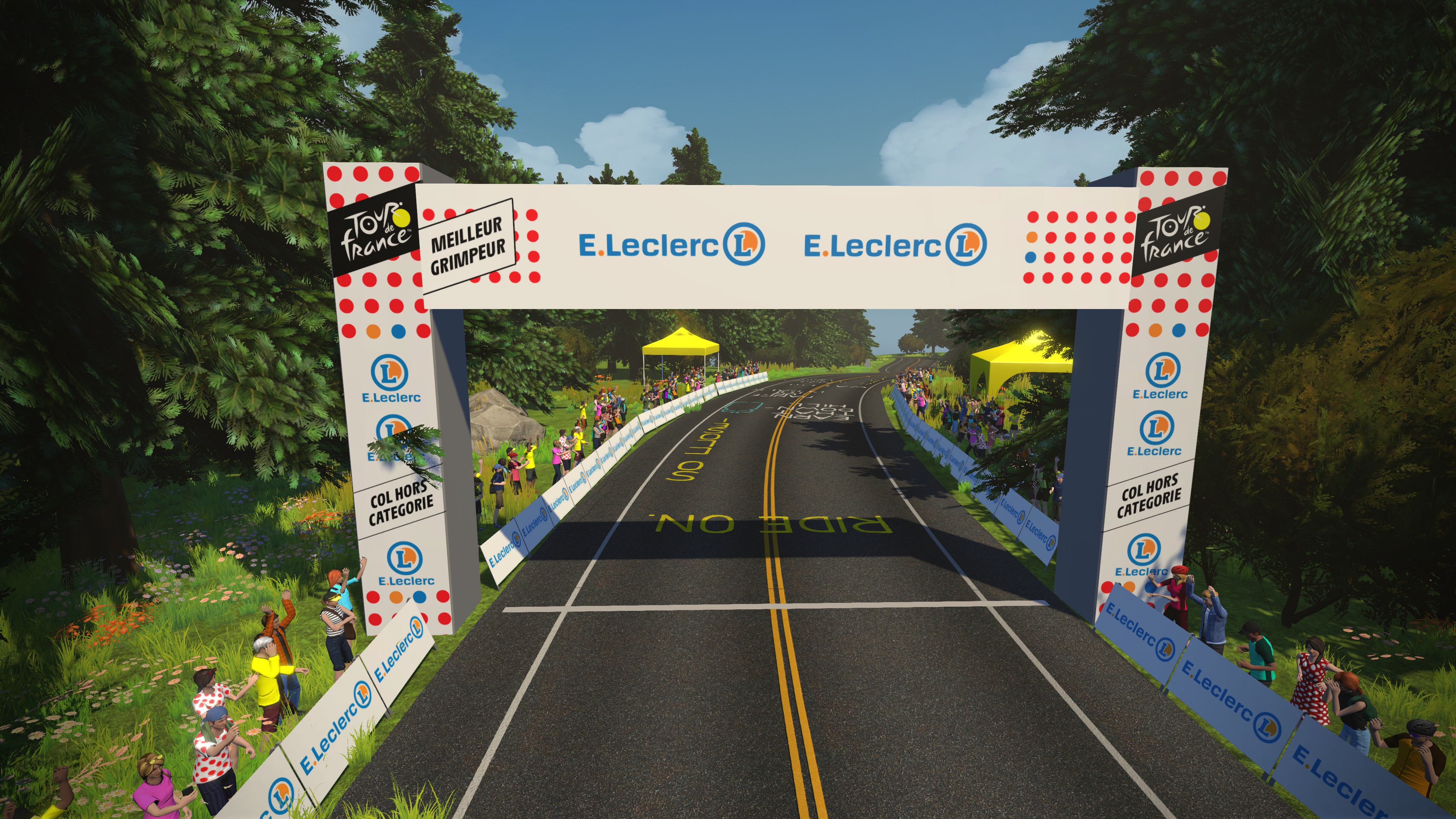
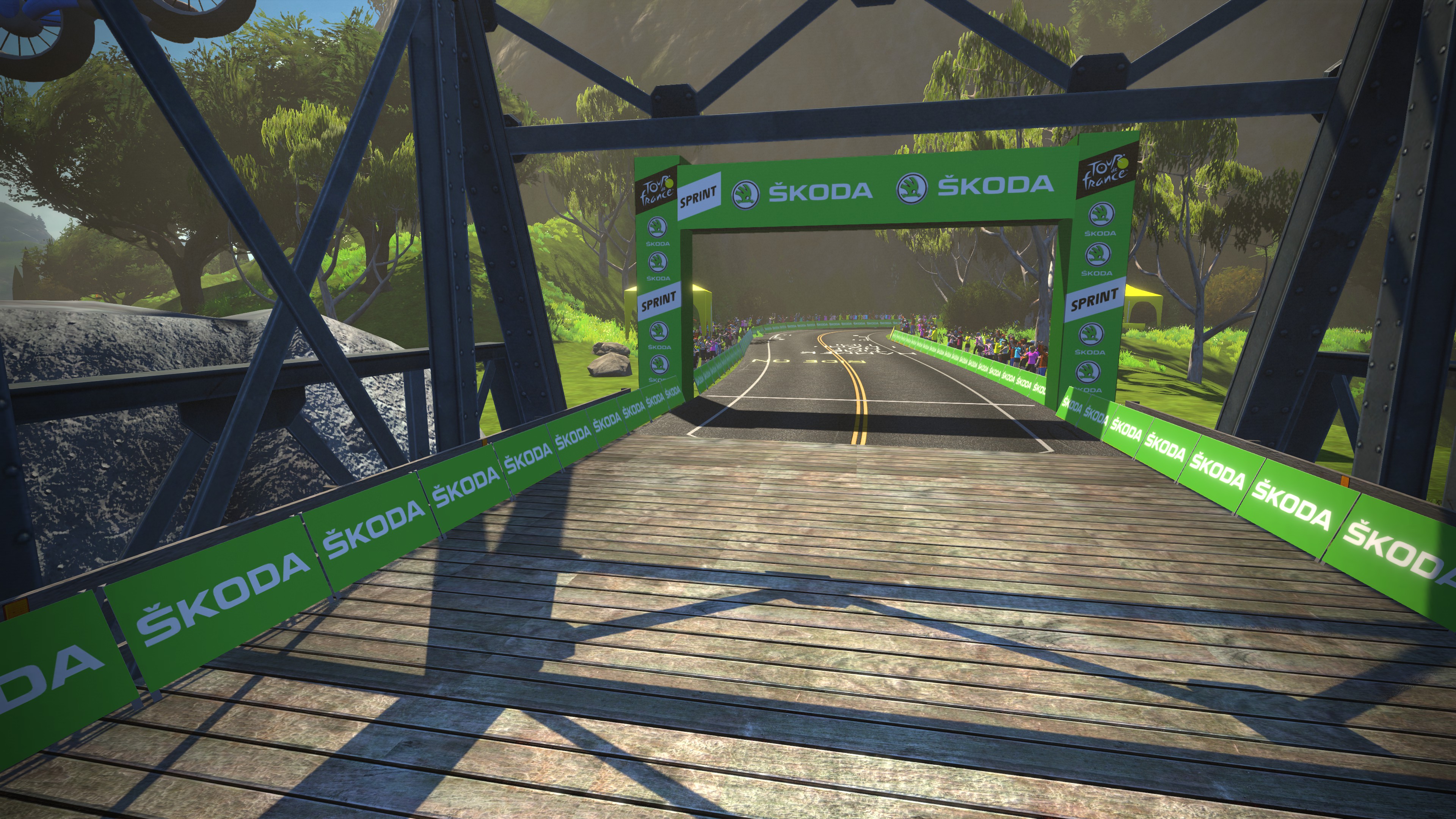
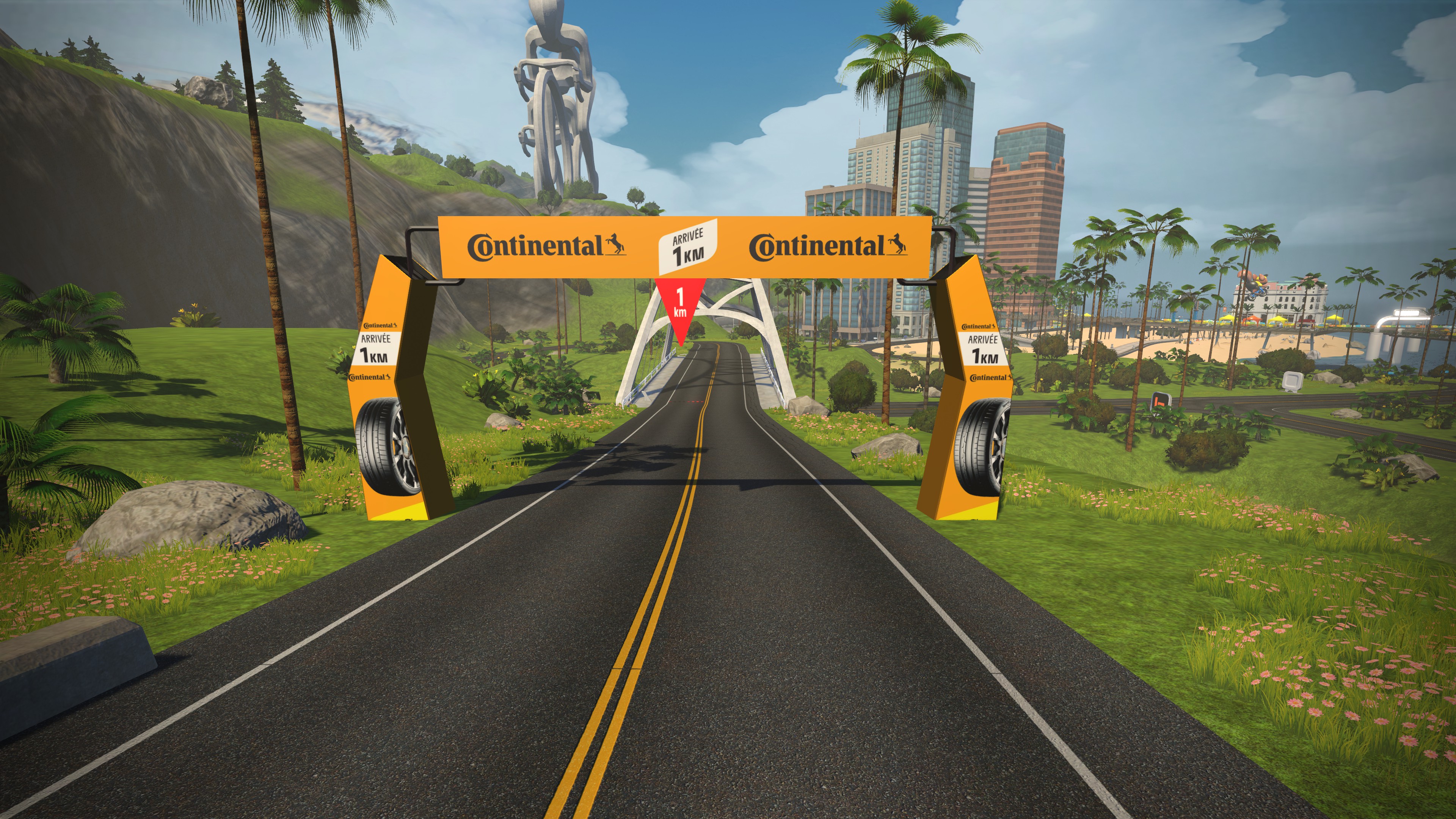
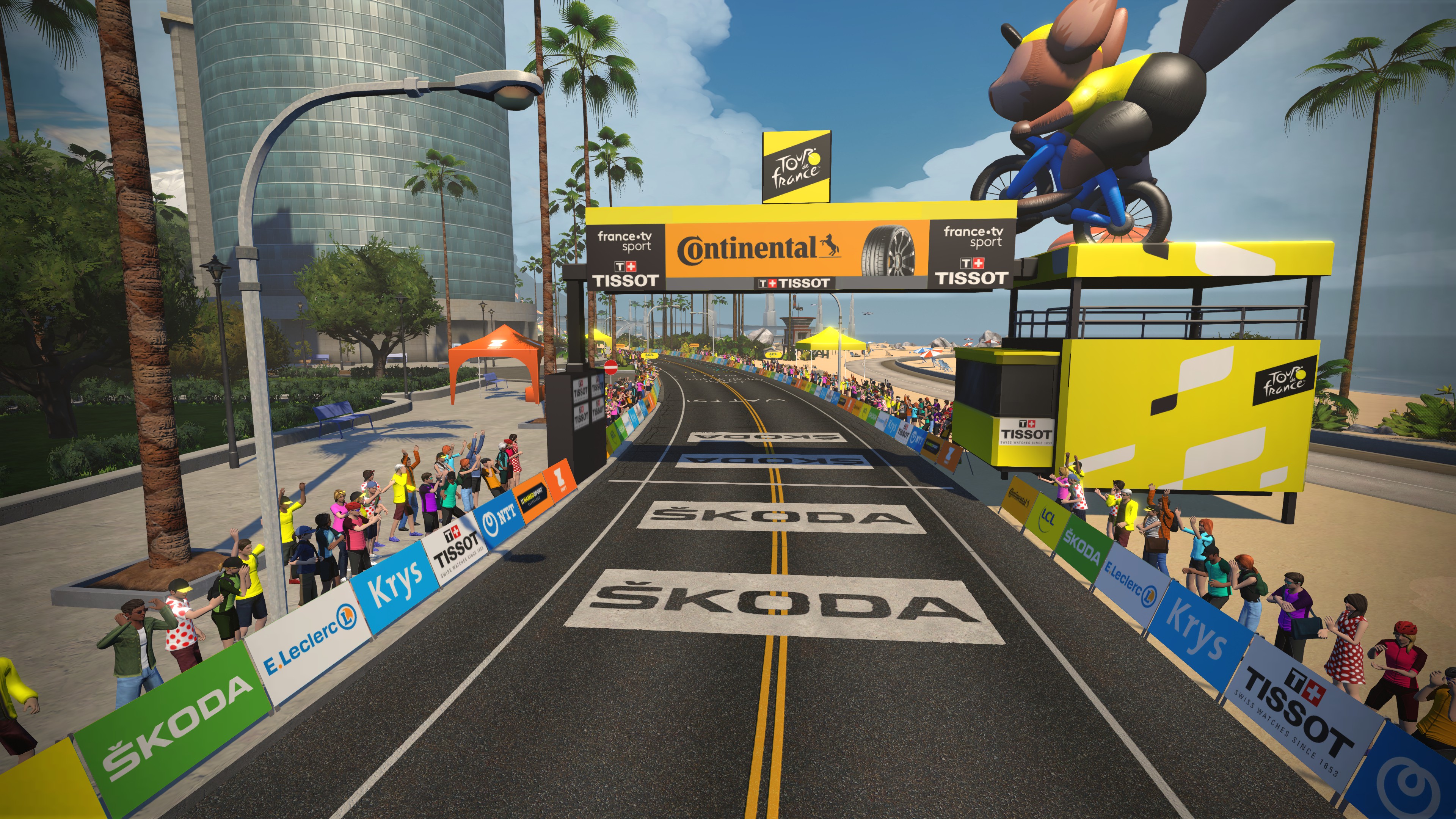
Stage 1 will be familiar to many seasoned Zwifters, whether racing or otherwise, as the Watopia Hilly Route is available for free-riding on a permanent basis.
It's a 9.1km loop with 108m of climbing, which will be traversed four times by both the men's and women's pelotons, covering a total digital distance of 36.4 km (22.8 mi) and an ascent of 432 m (1,416 ft).
Get The Leadout Newsletter
The latest race content, interviews, features, reviews and expert buying guides, direct to your inbox!
After a short, rolling section, the first sprint of the day comes as riders approach JWB bridge at 2.4km. The sprint is a 200m, pan flat segment that is sure to be lively as teams look to open their accounts in a bid for the coveted green jersey.
A further rolling section follows before the test of the route, the Zwift KOM / QOM reverse climb. A 2.4km section that averages just 2 per cent, it'll be an early indicator as to which riders are on form for the impending season restart.

Following the climb, the descent will easily pass the super-tuck test of -3 per cent grade and 57km/h. It has an average gradient of -5.5 per cent and lasts 1km, enough time for riders to get their breath back ahead of the 300m flat dash to the finish line.
In the real world, we'd surely be touting this as a day for the breakaway, and names such as Nibali or Alaphilippe would be bandied around but Zwift racing is an altogether different proposition, so the favourite for Stage 1 is anyone's guess.
Stage 2: Watopia Mountain Route, 29.5 km (18.4 mi) / 682 m (2236 ft)
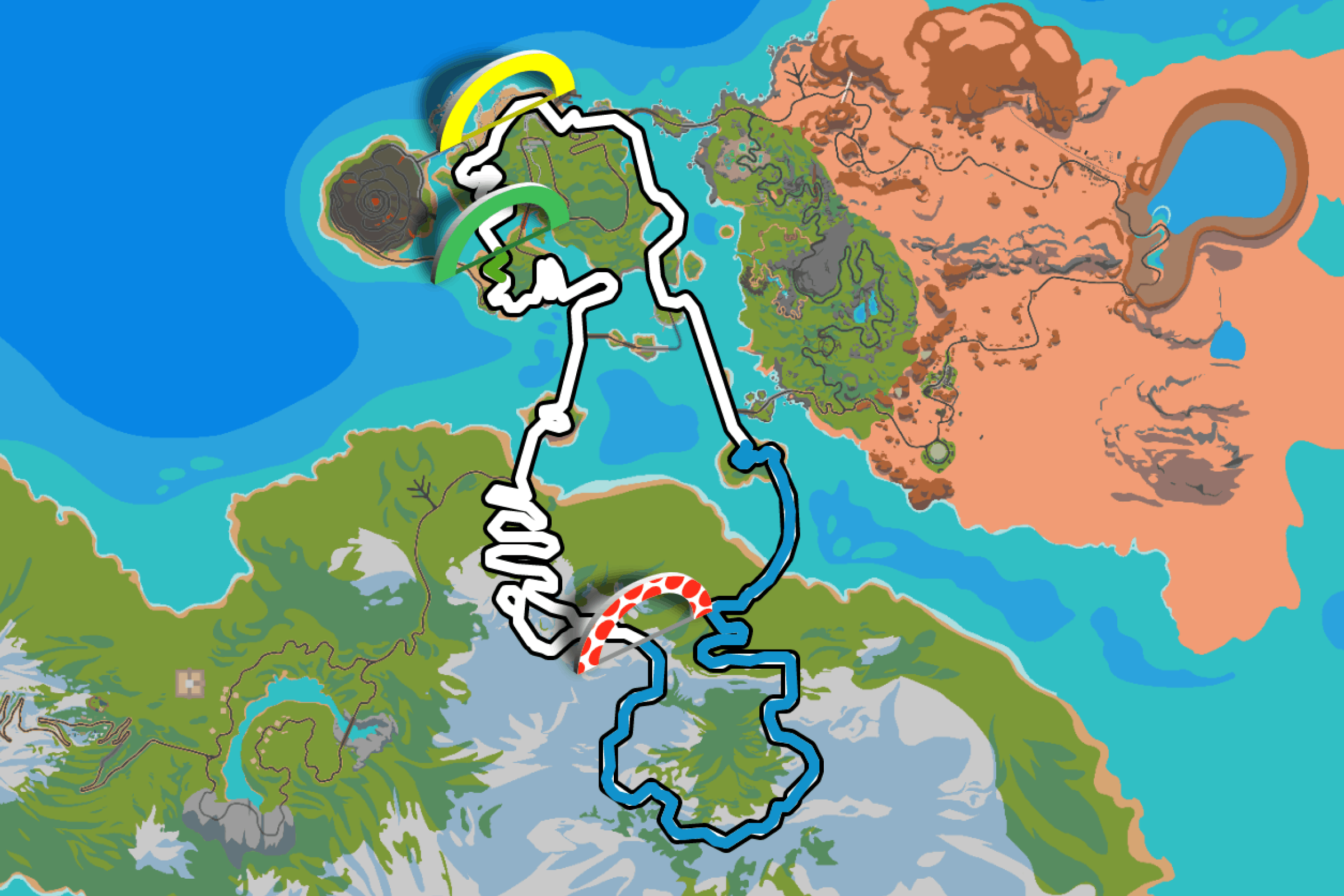
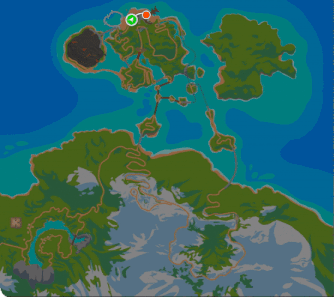
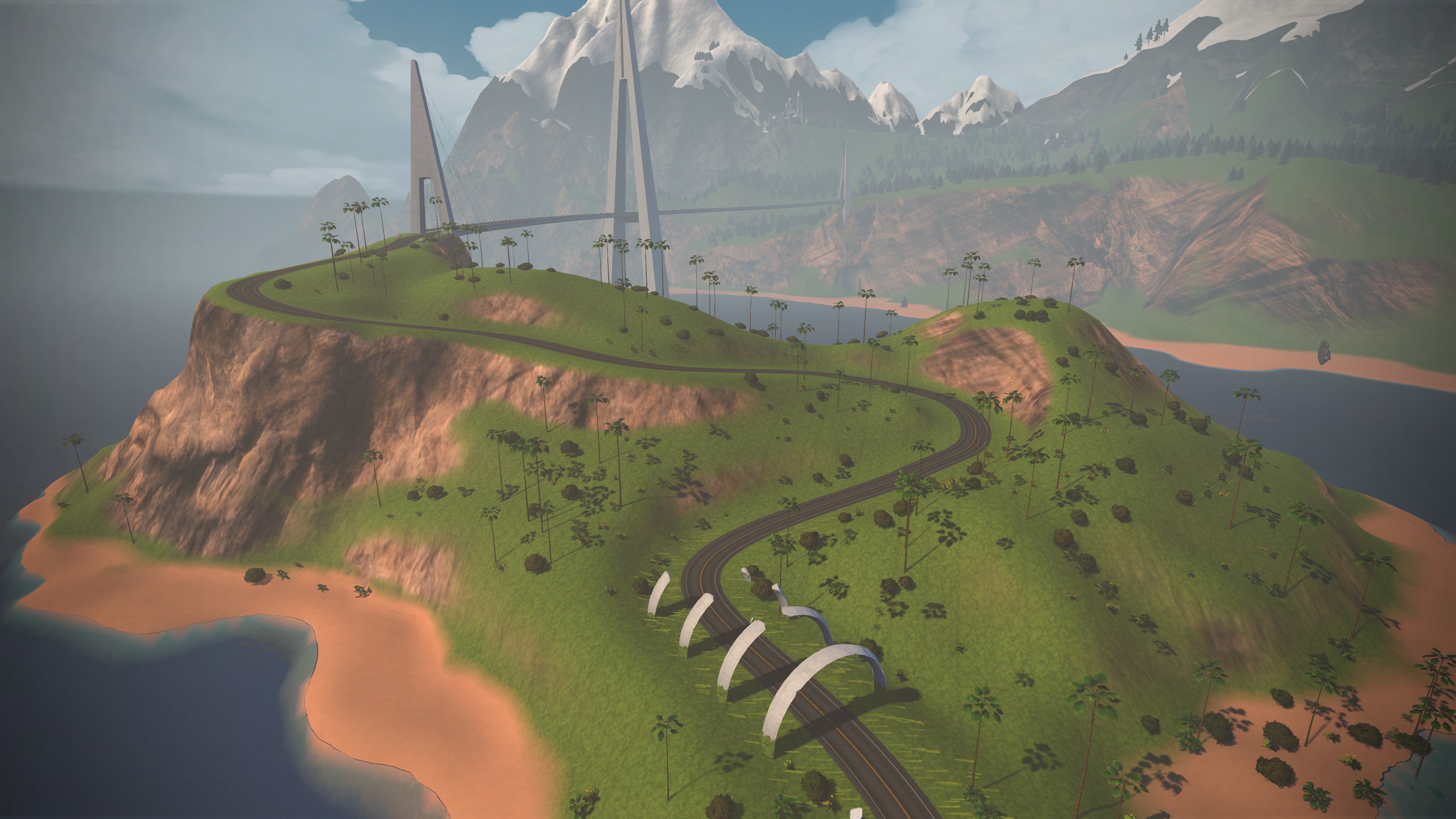
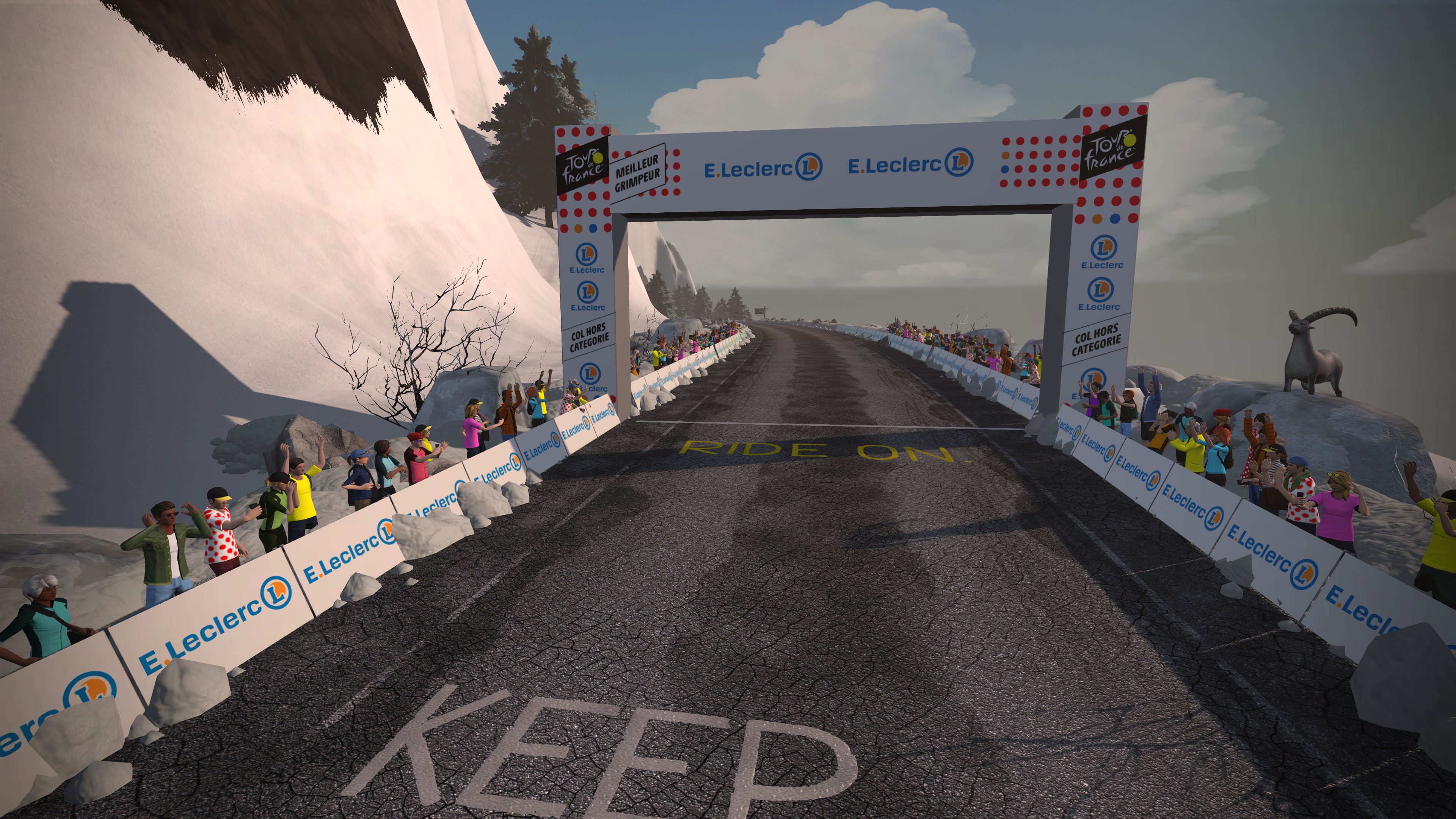
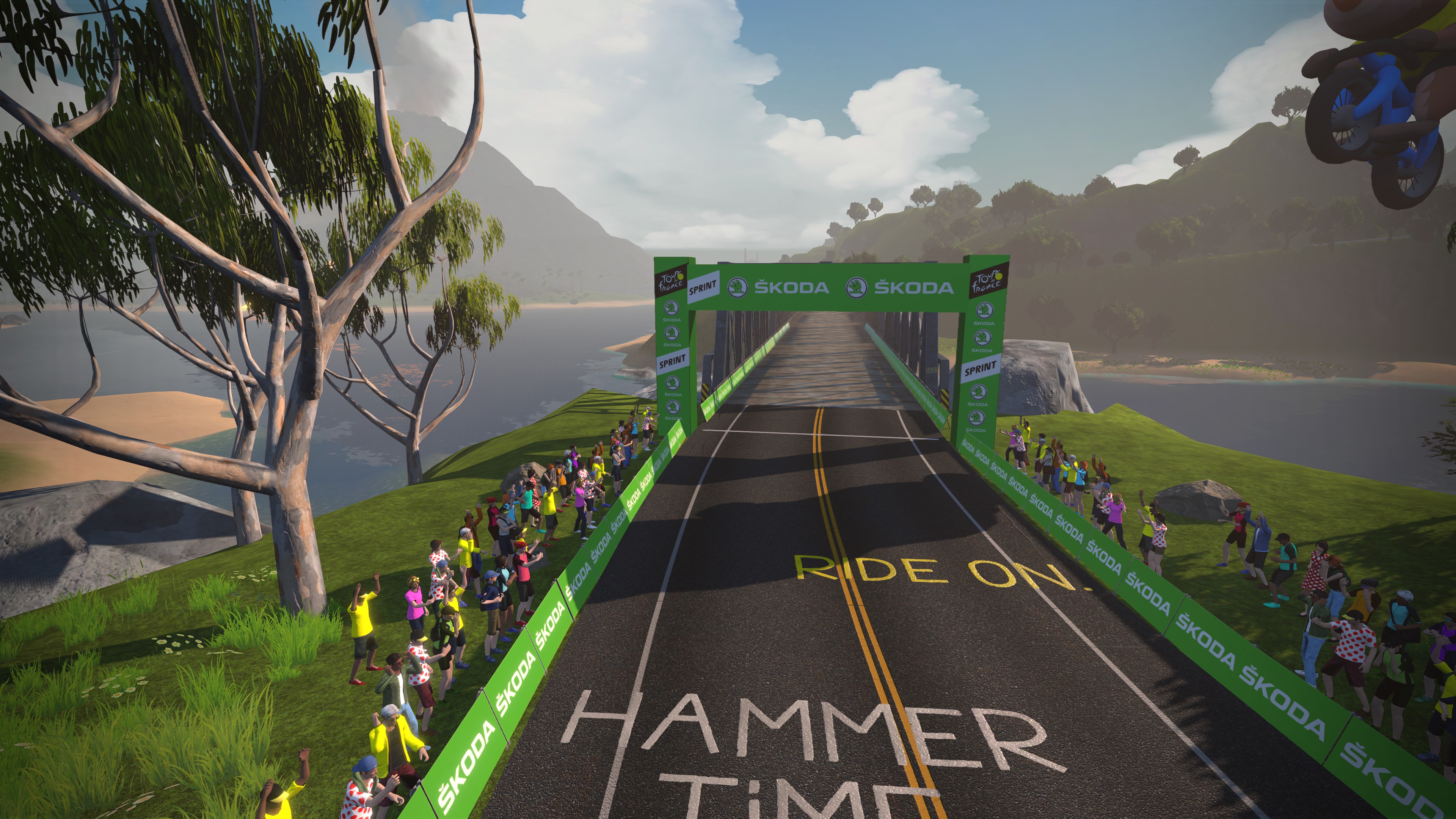
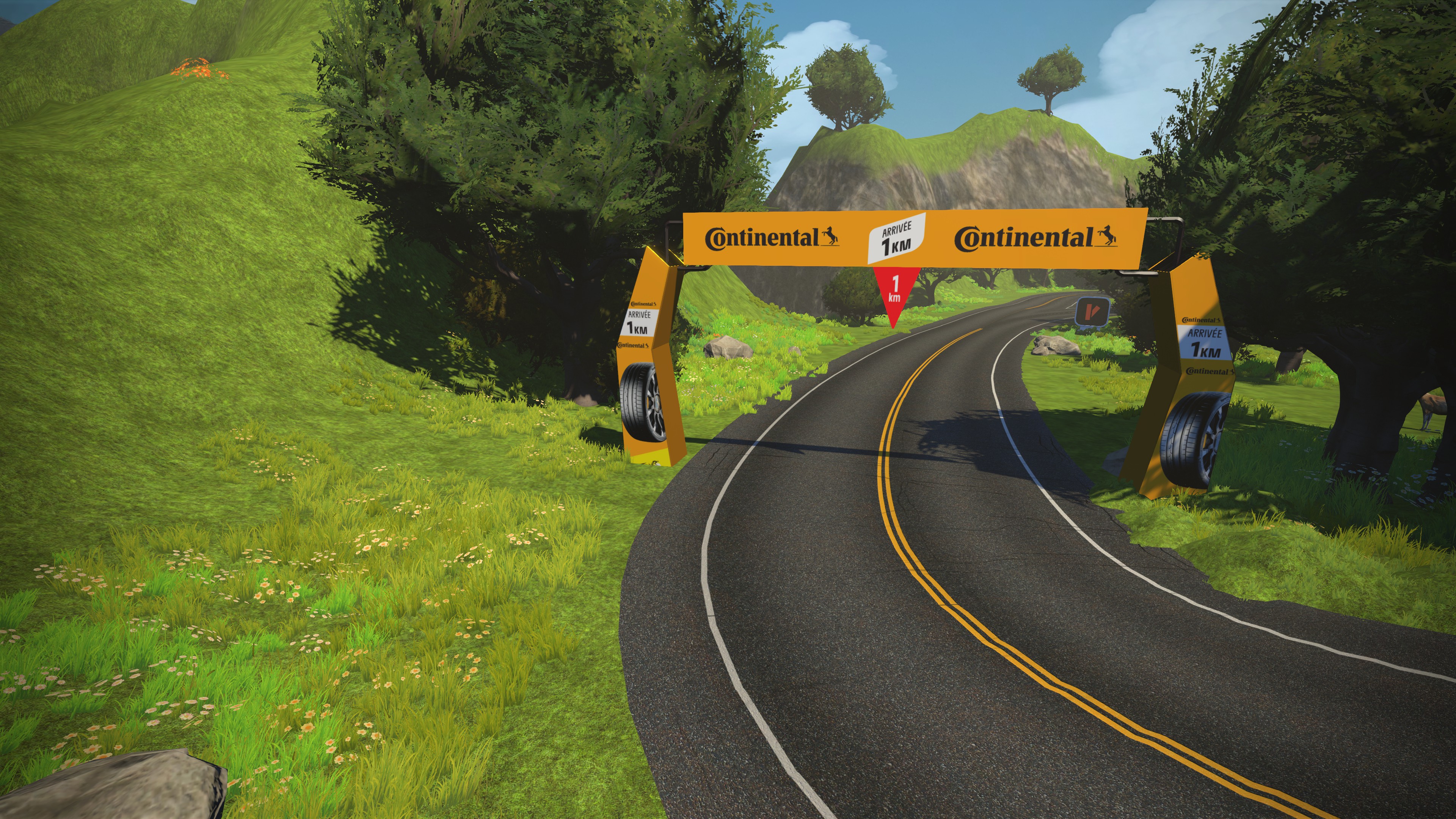
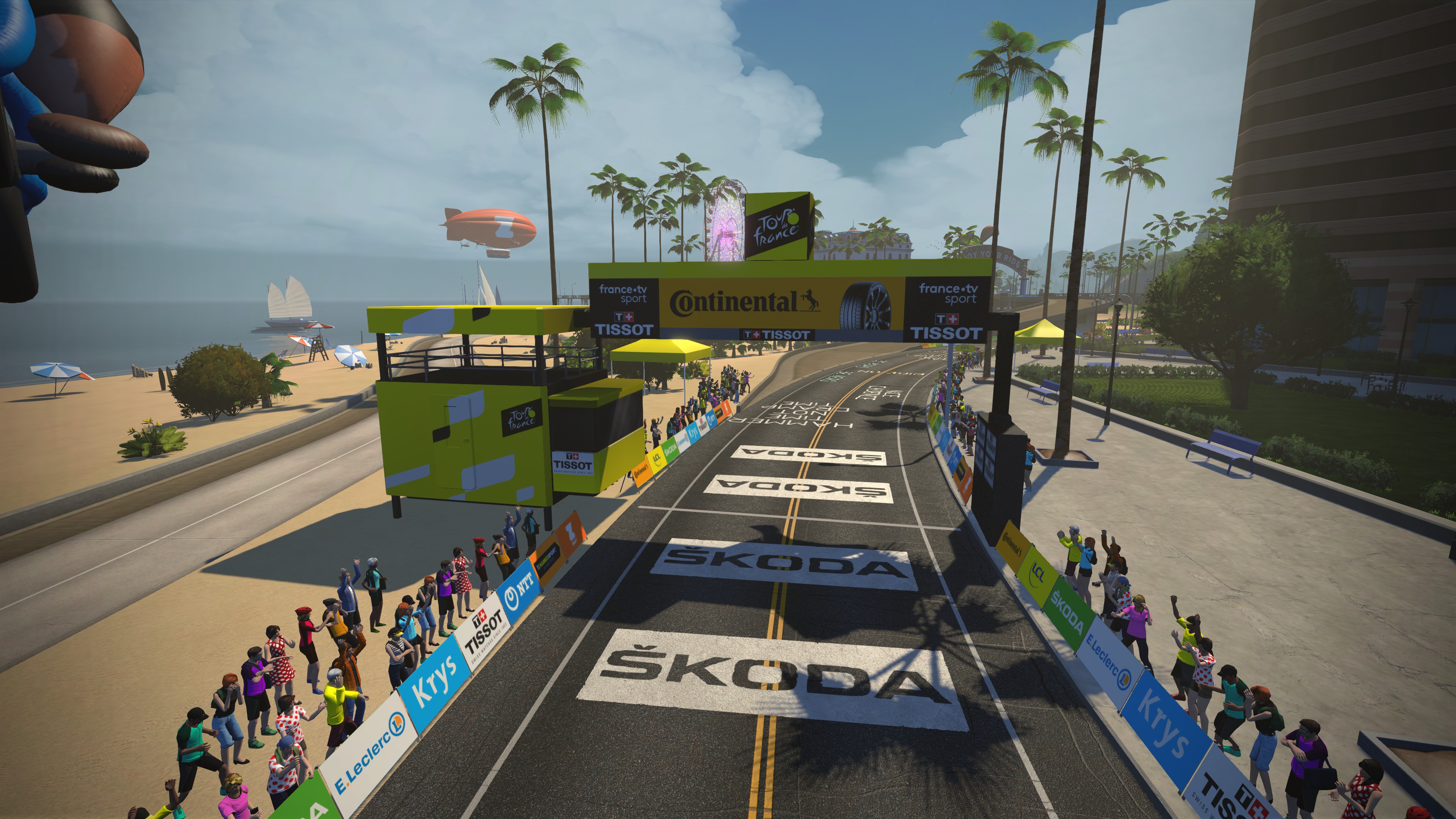
Stage 2 is a simple proposition on paper: a single lap of Watopia Mountain Route.
The 29.4km loop starts with a flat roll out of 4.7km, during which riders will ride underwater via Zwift's Ocean Tunnel. They will need to jostle for position and put their team leaders in the optimum place, because at the exit of the tunnel, the ascent of the day begins.
The Radio Tower Climb is just 1.1km in length, but averages a painful 13.7 per cent gradient. Expected to take approximately three minutes for the fastest riders, this is one for the puncheurs for sure.

The descent is slightly shorter in distance, but super-tuck friendly again, so if a small group of riders can form a gap on the climb, it'll be nigh-on impossible to bring it back, as the super-tuck and in-game drafting benefits will allow higher speeds on the descent and run into the finish line.
Prior to the finish line, however, there's a small matter of another sprint to contend with, a 360m-long pan flat segment that comes just 2km to the finish line. If a punchy rider can make it over the top, it could be easy pickings for green jersey points, but with both green and yellow-jersey points available at the finish line, will anyone risk going for both, or will riders save themselves in a bid for yellow?
Stage 3: France R.G.V, 48.0 km (29.8 mi) / 266 m (872 ft)
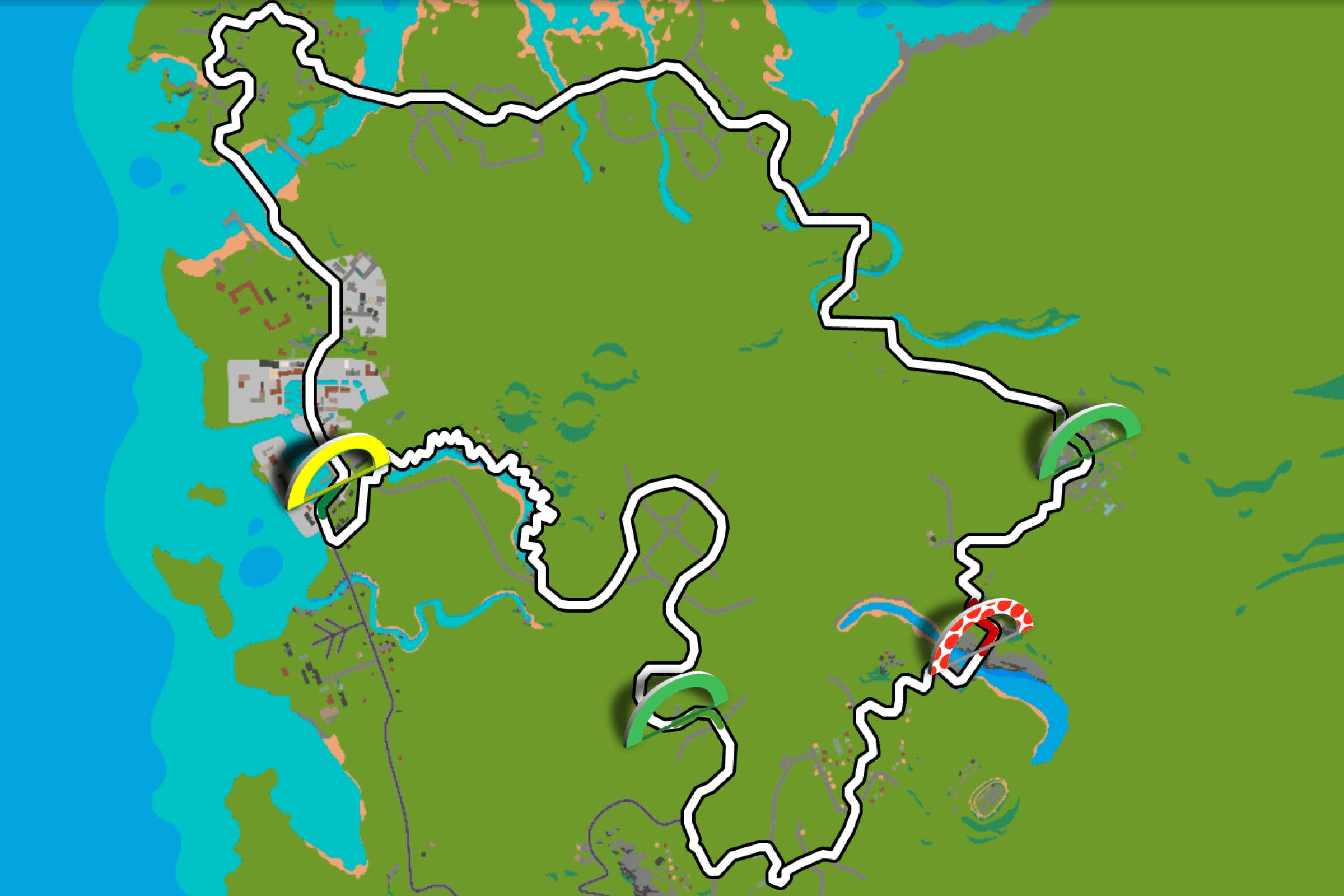
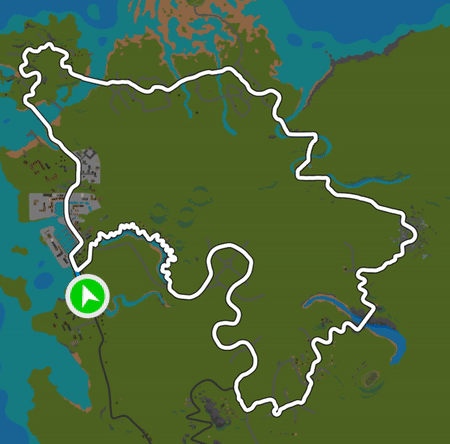
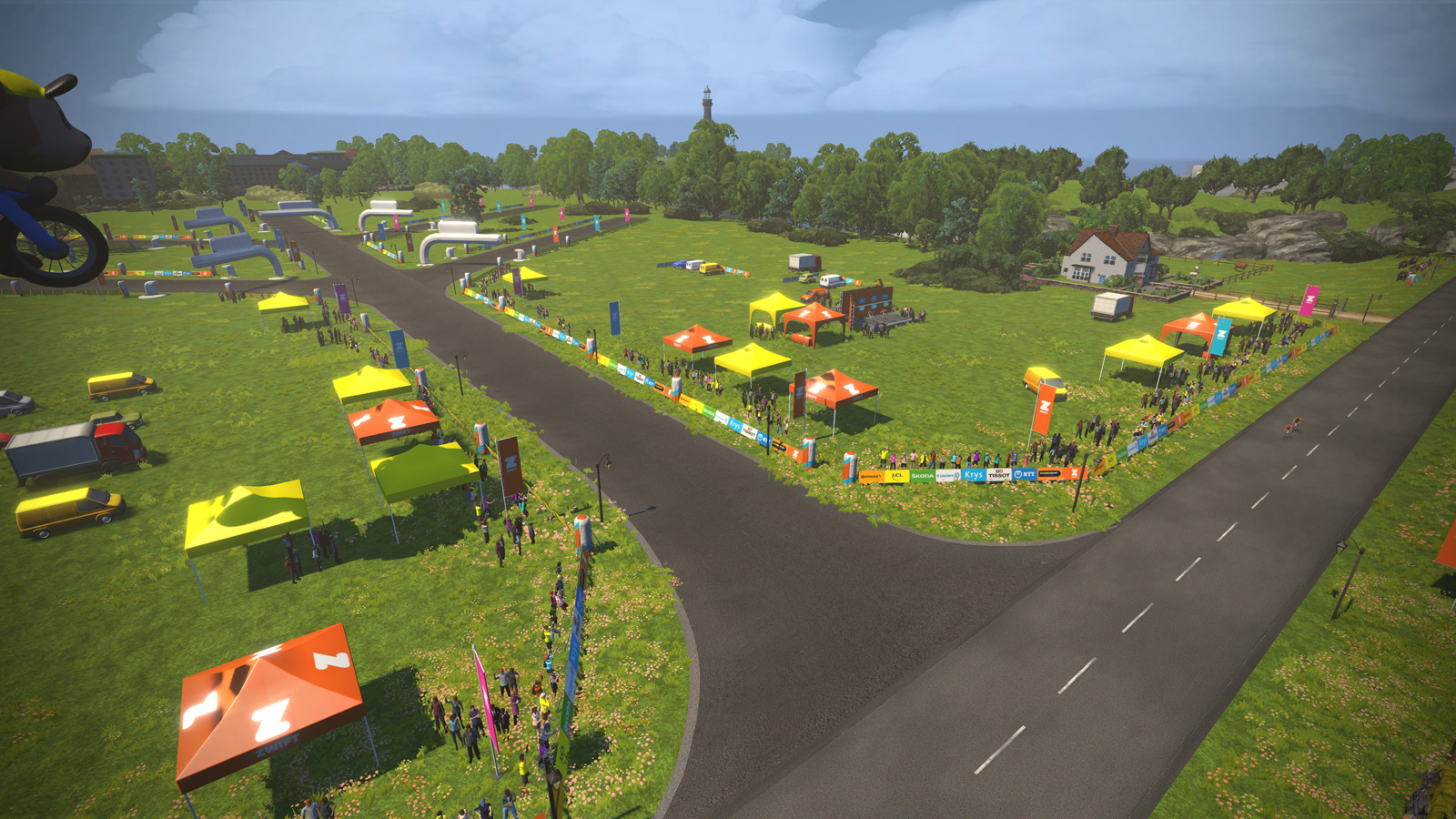
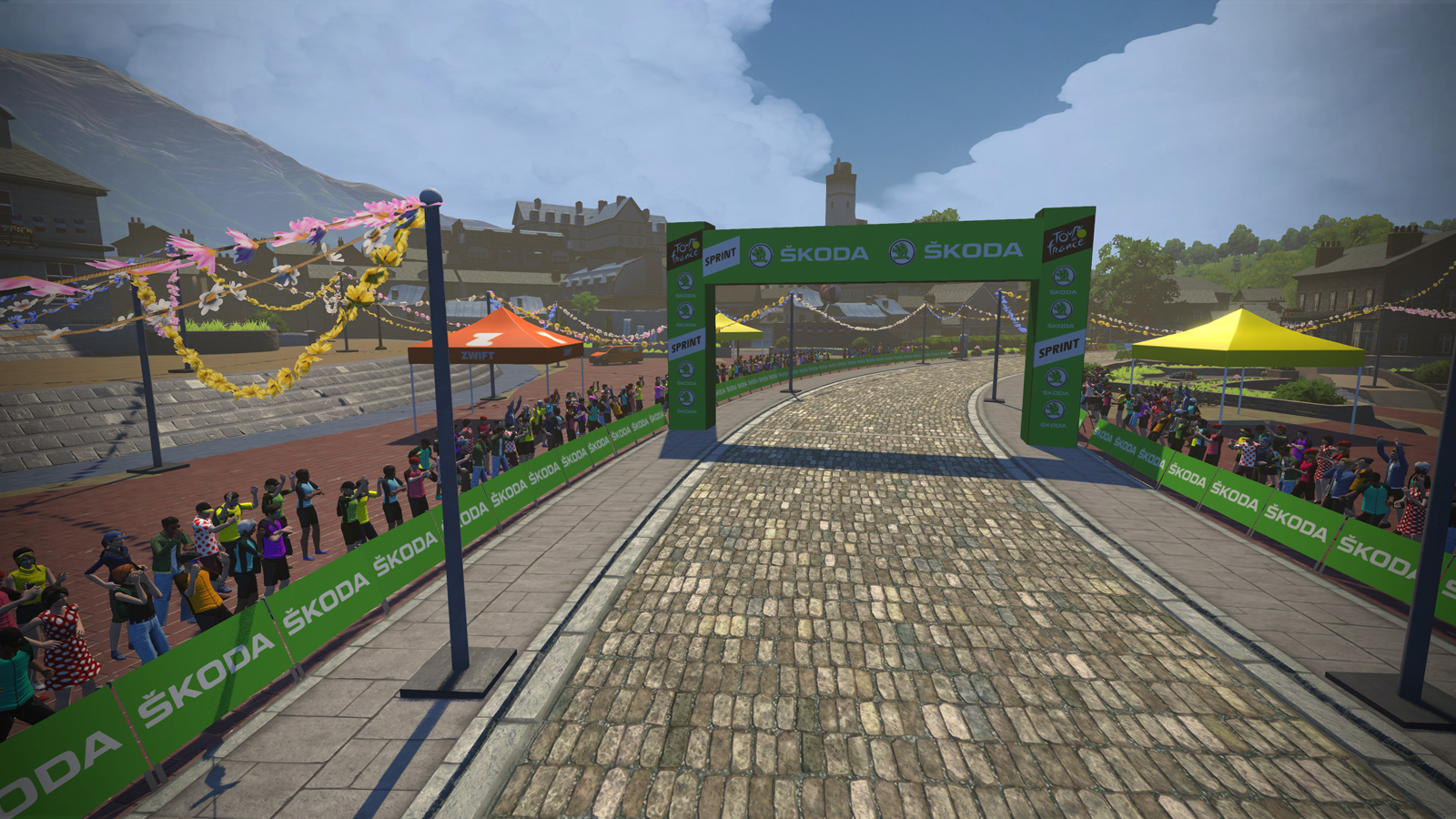
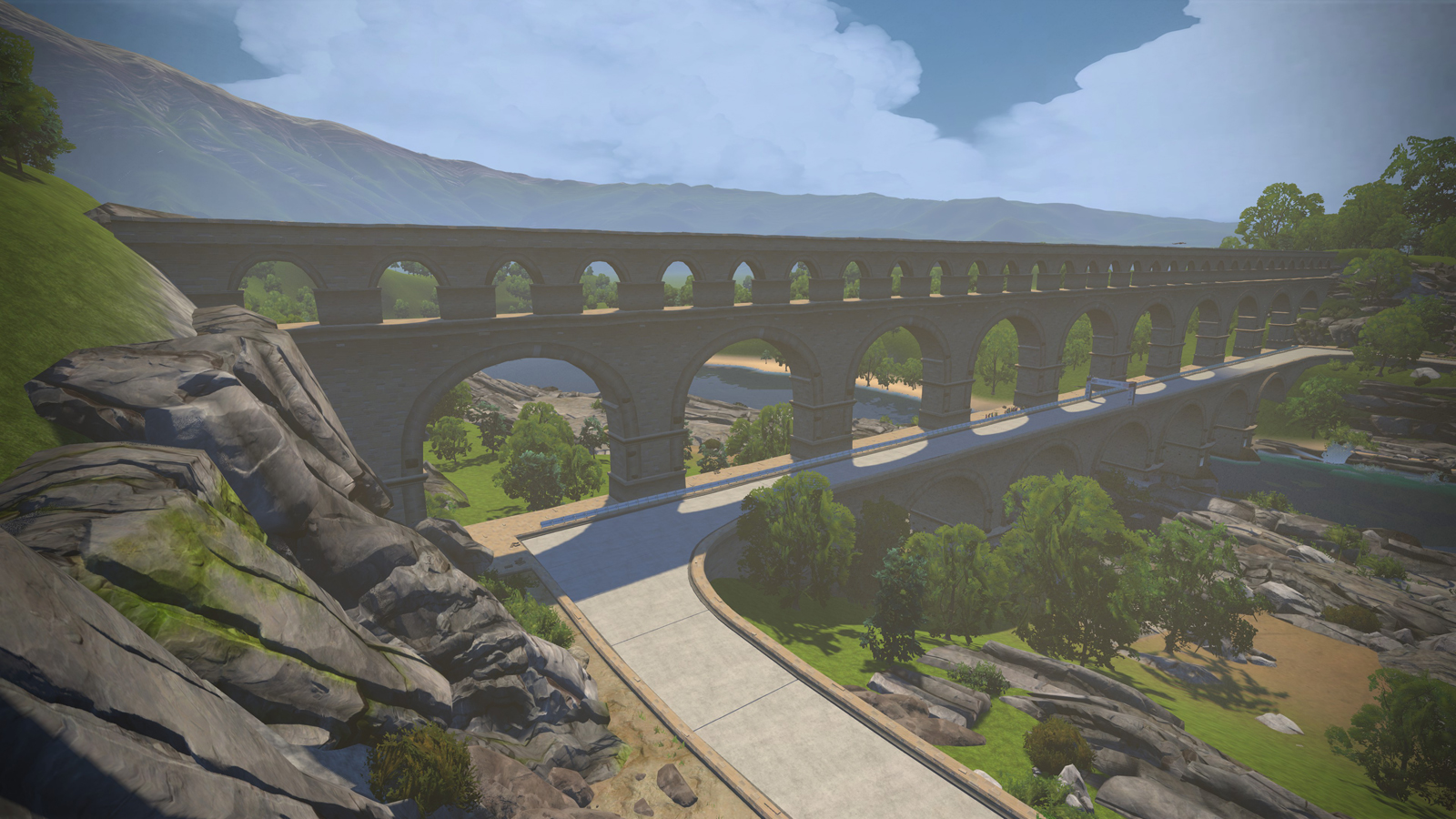
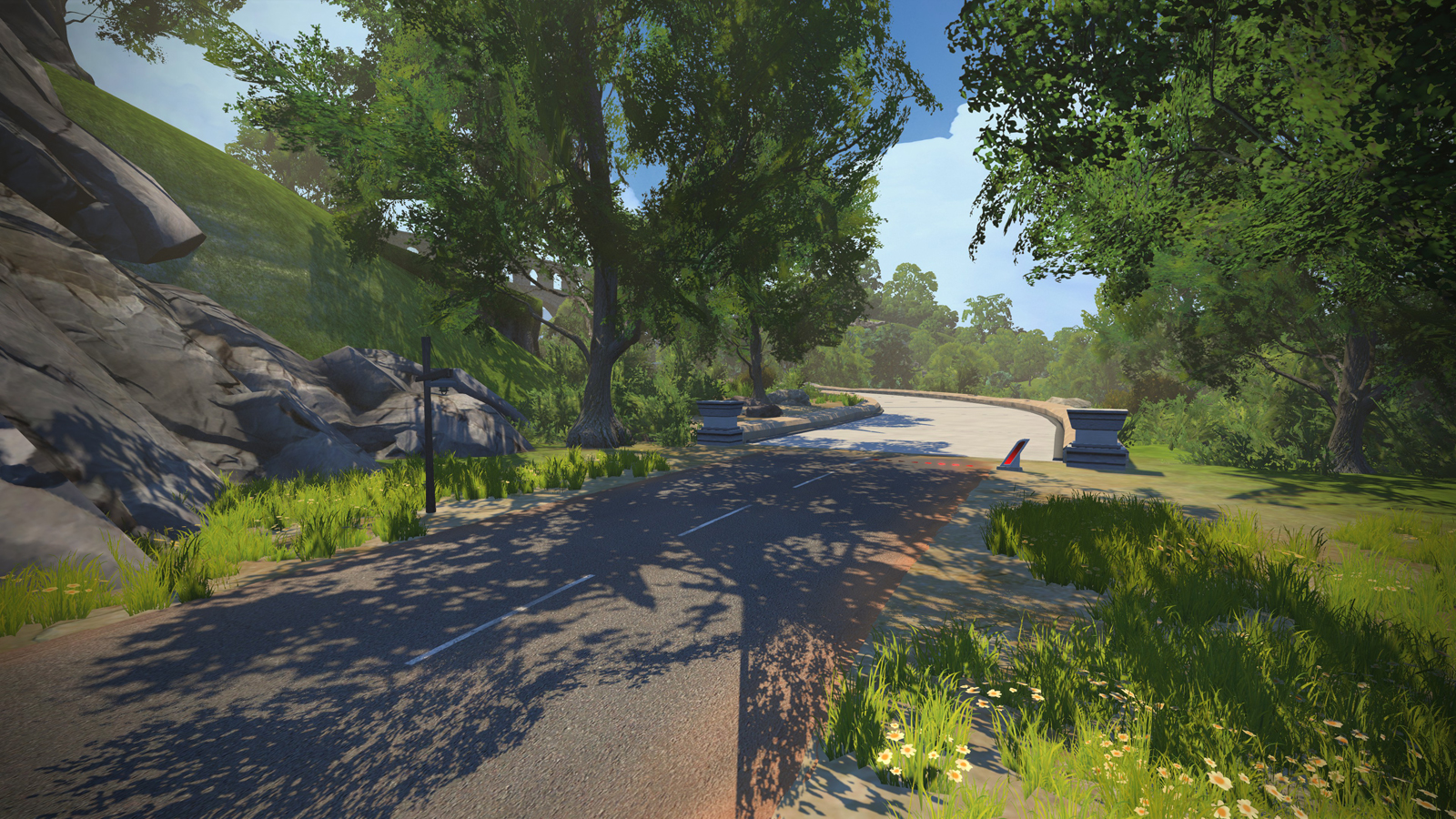
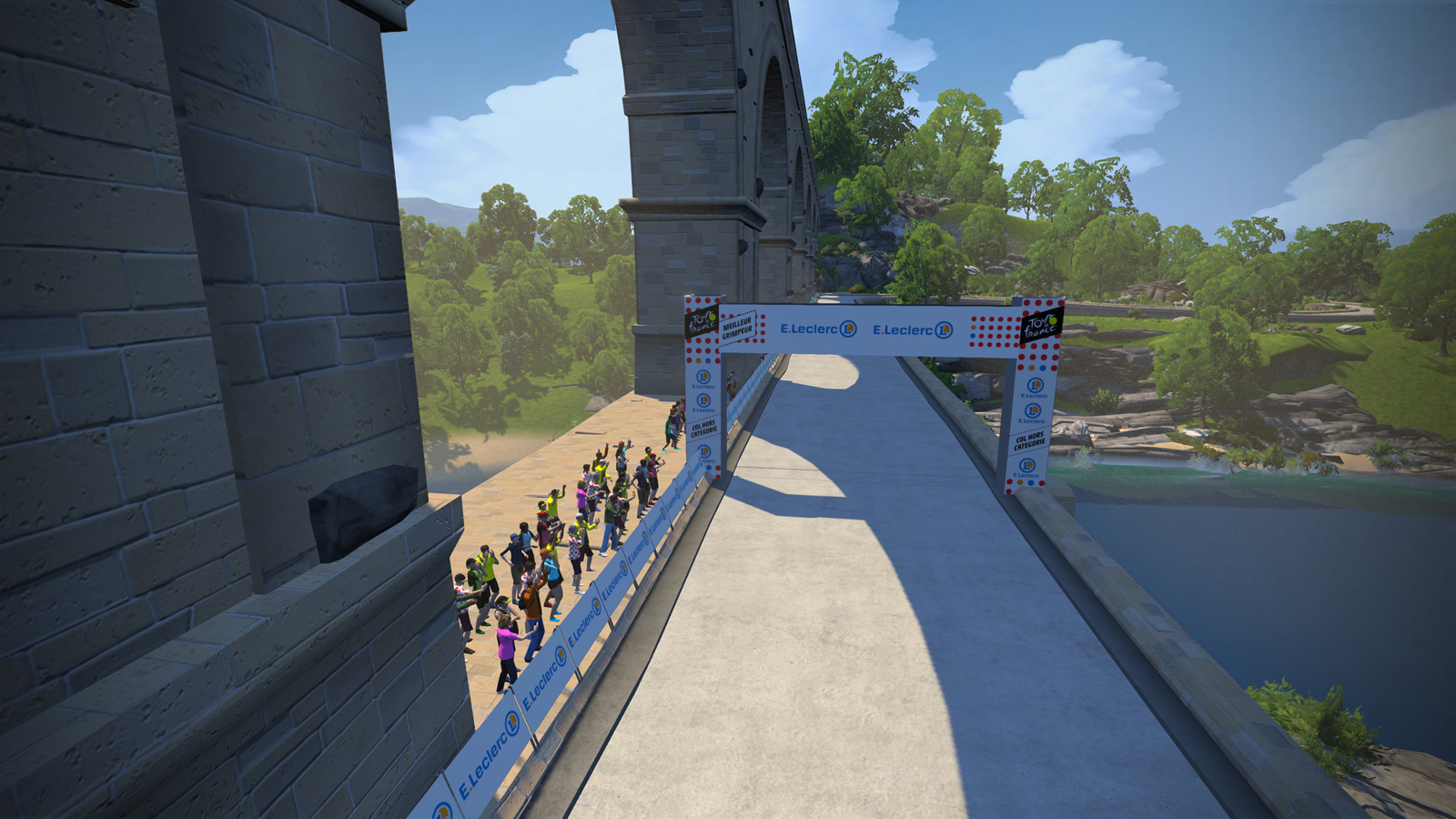
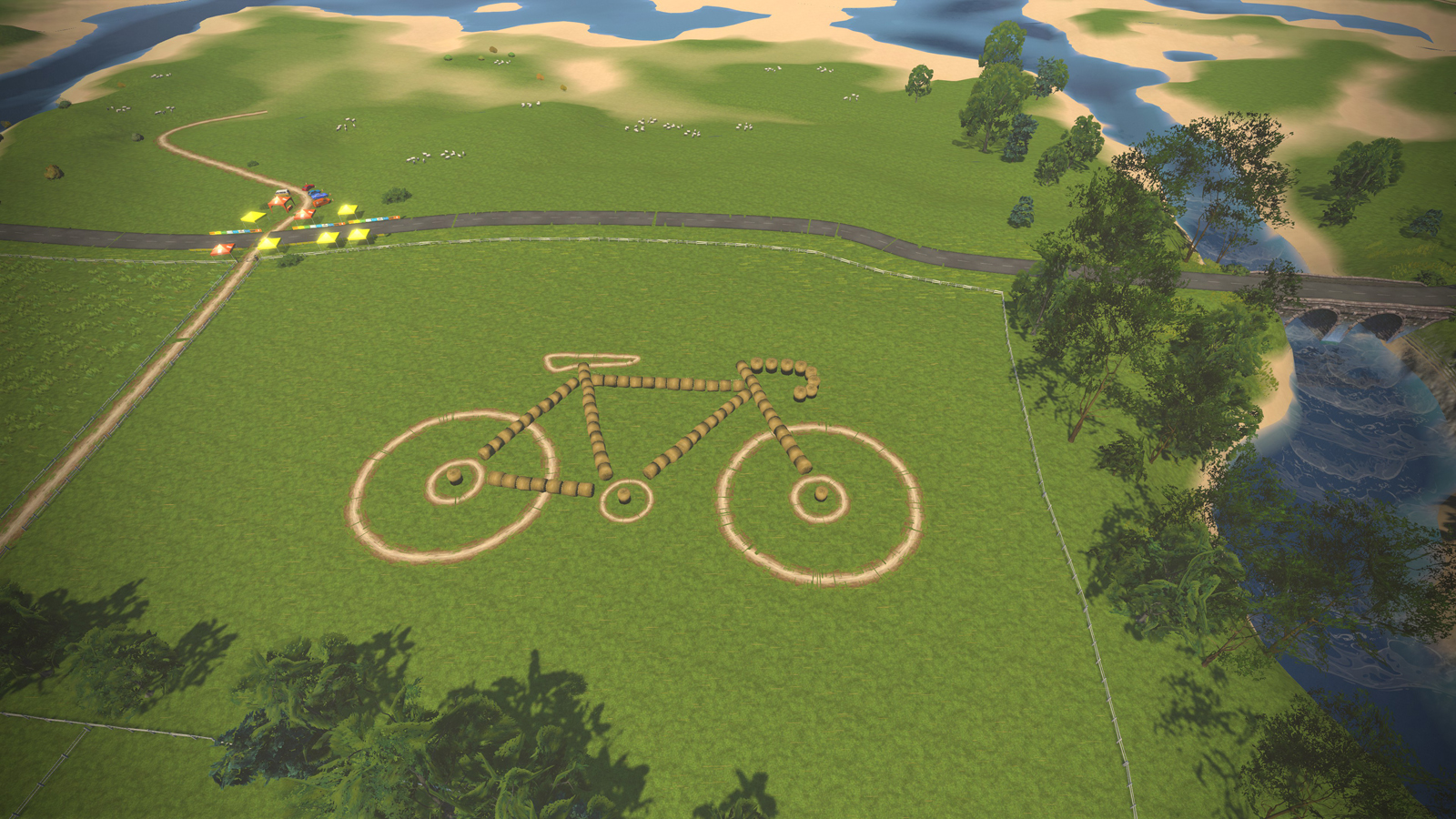
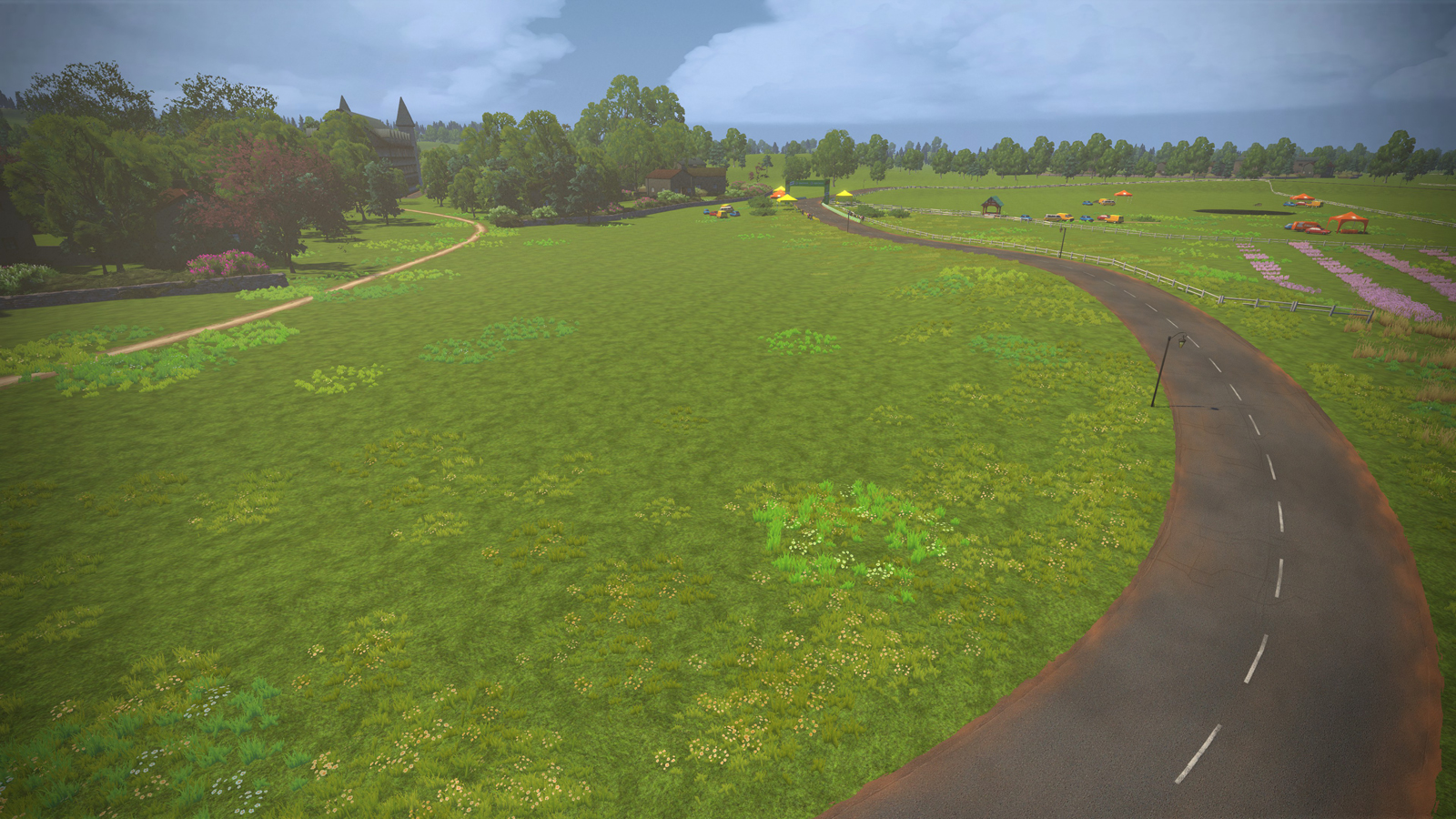
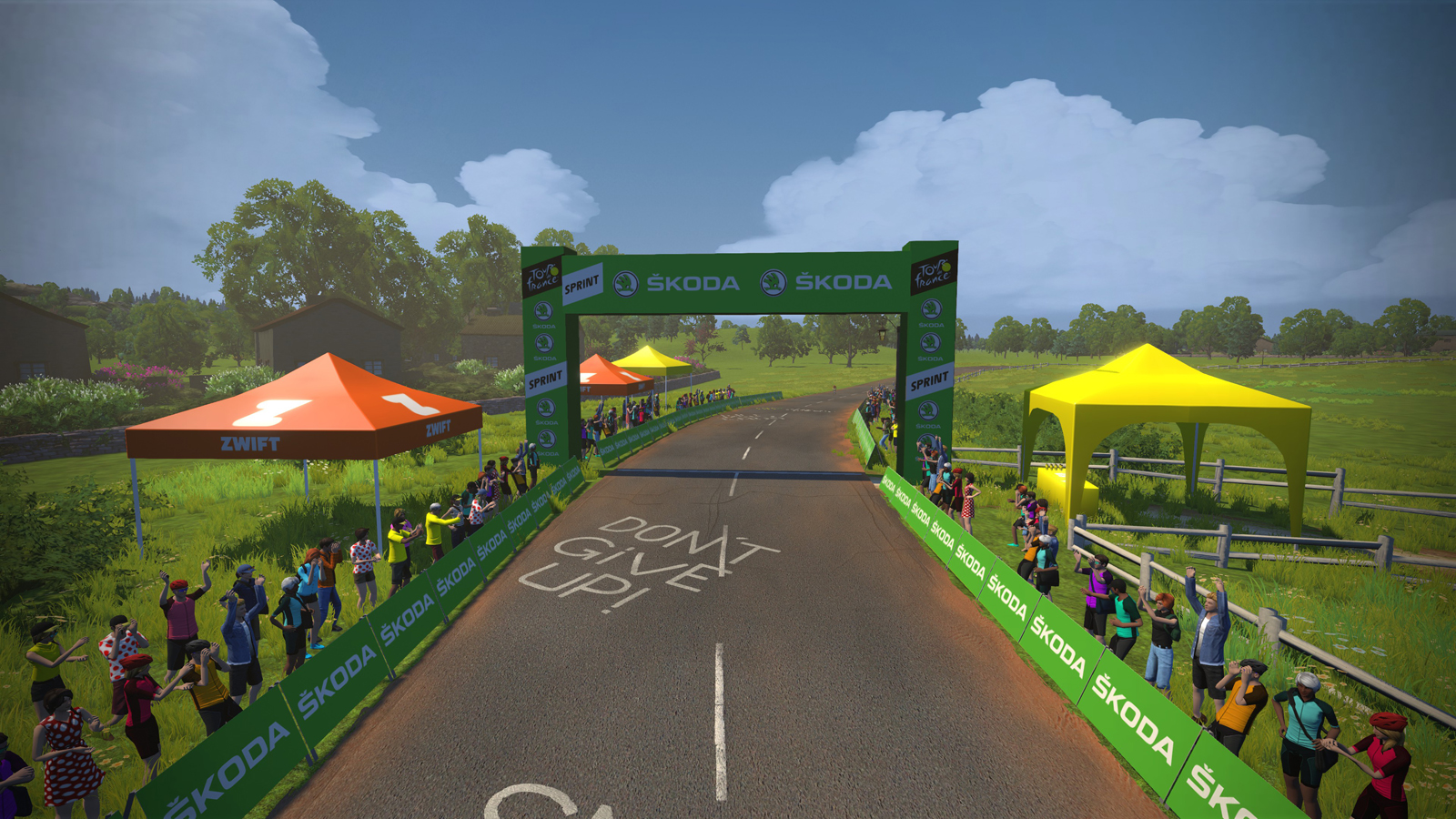
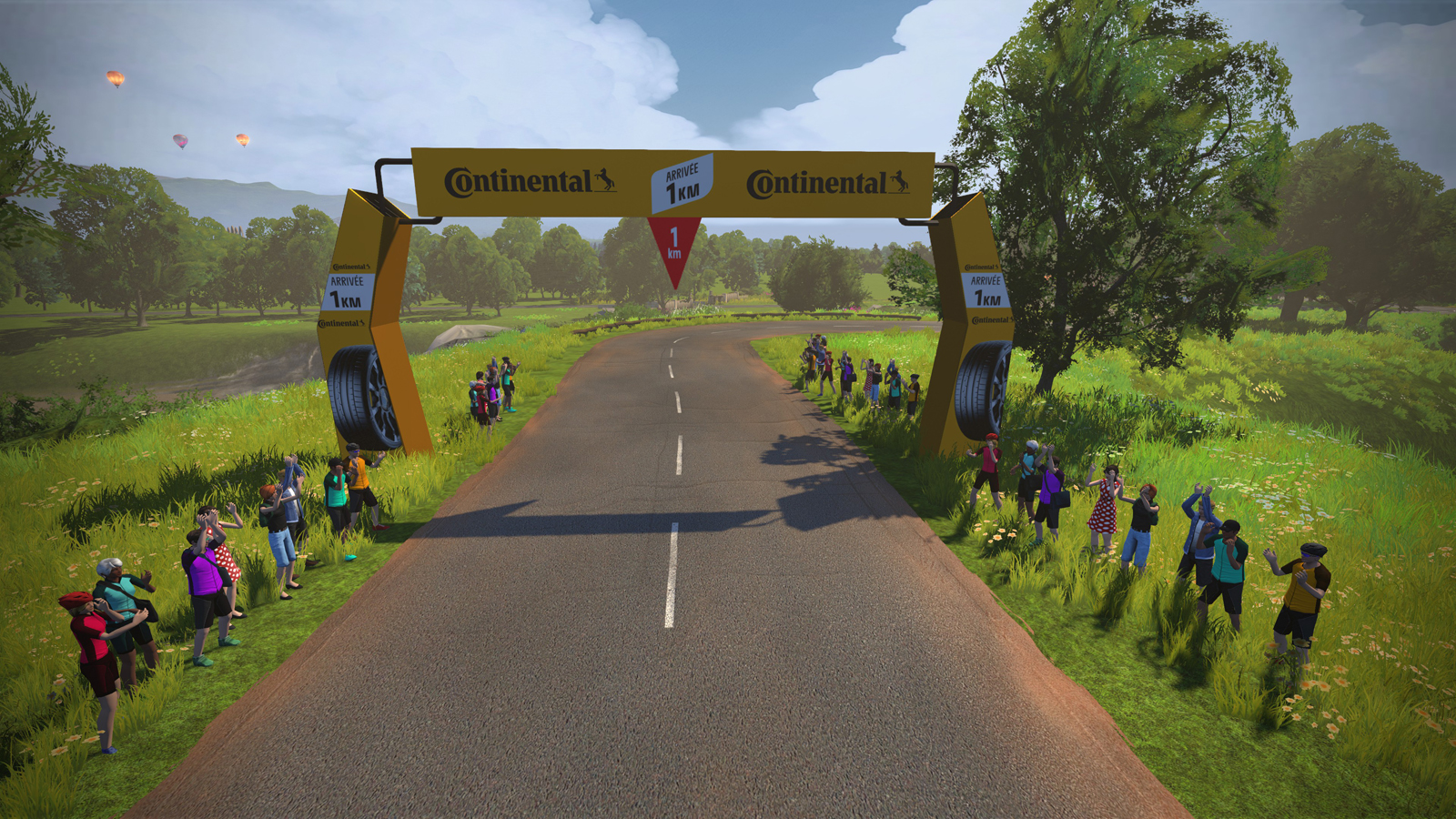
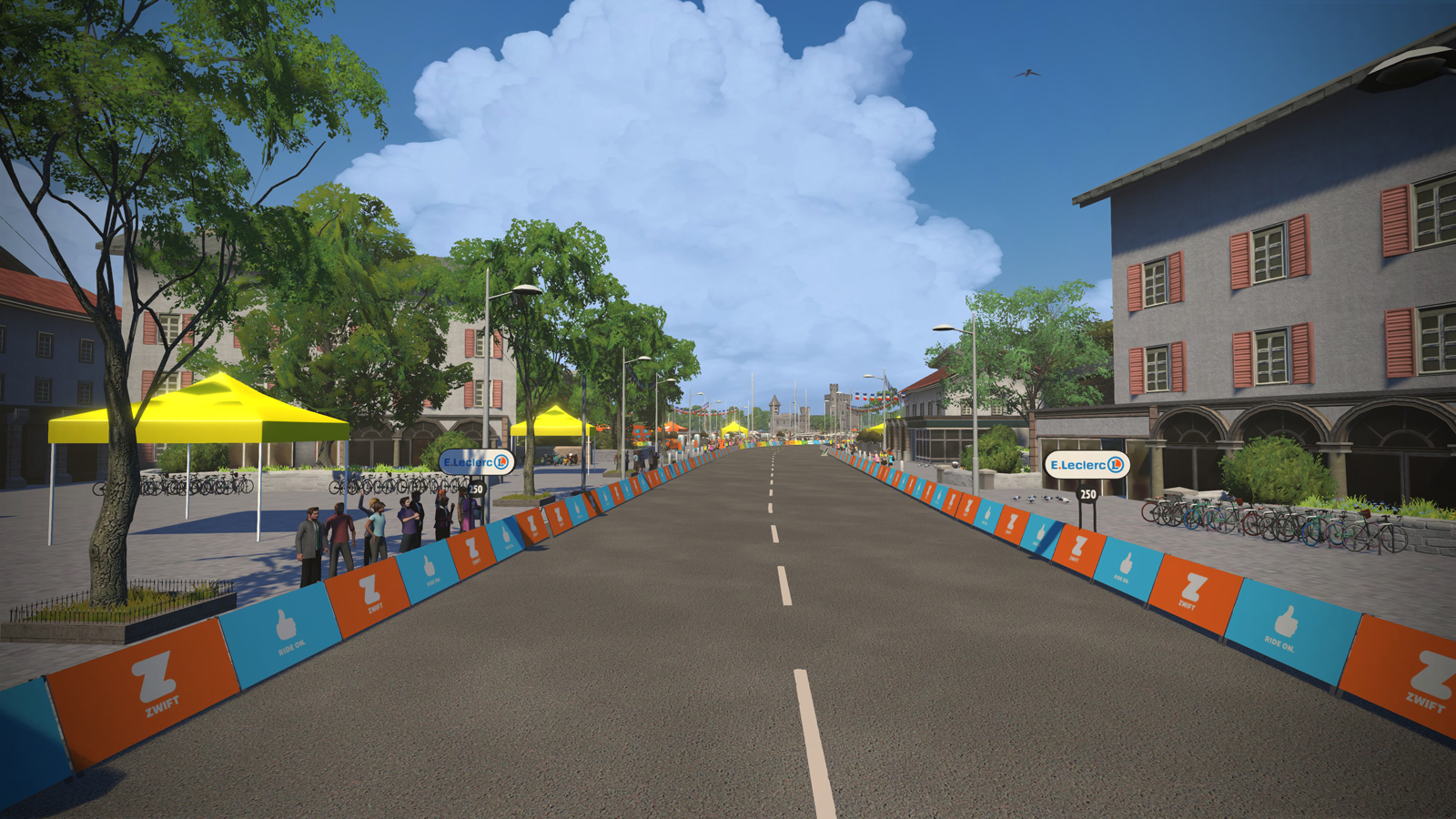
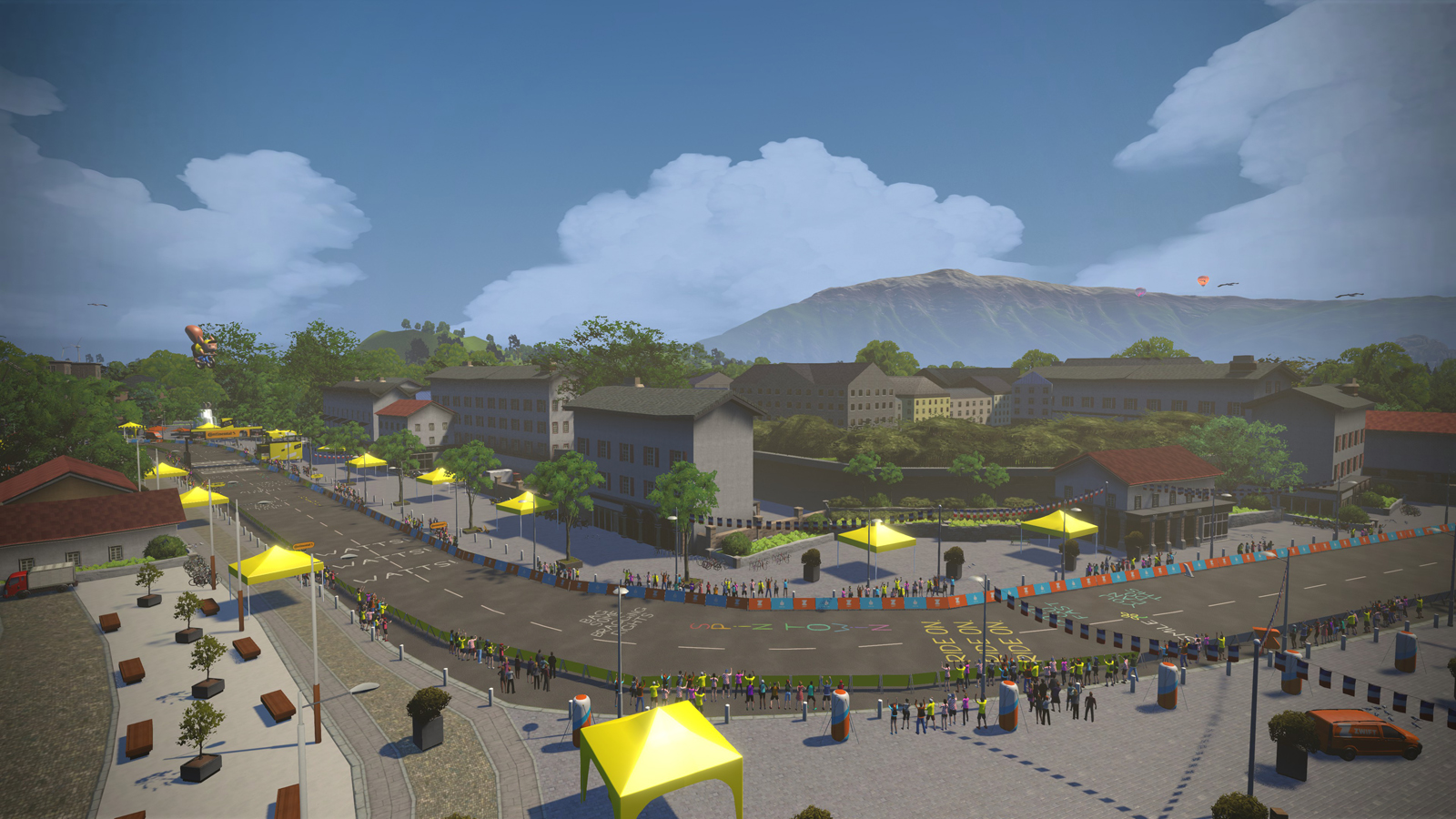
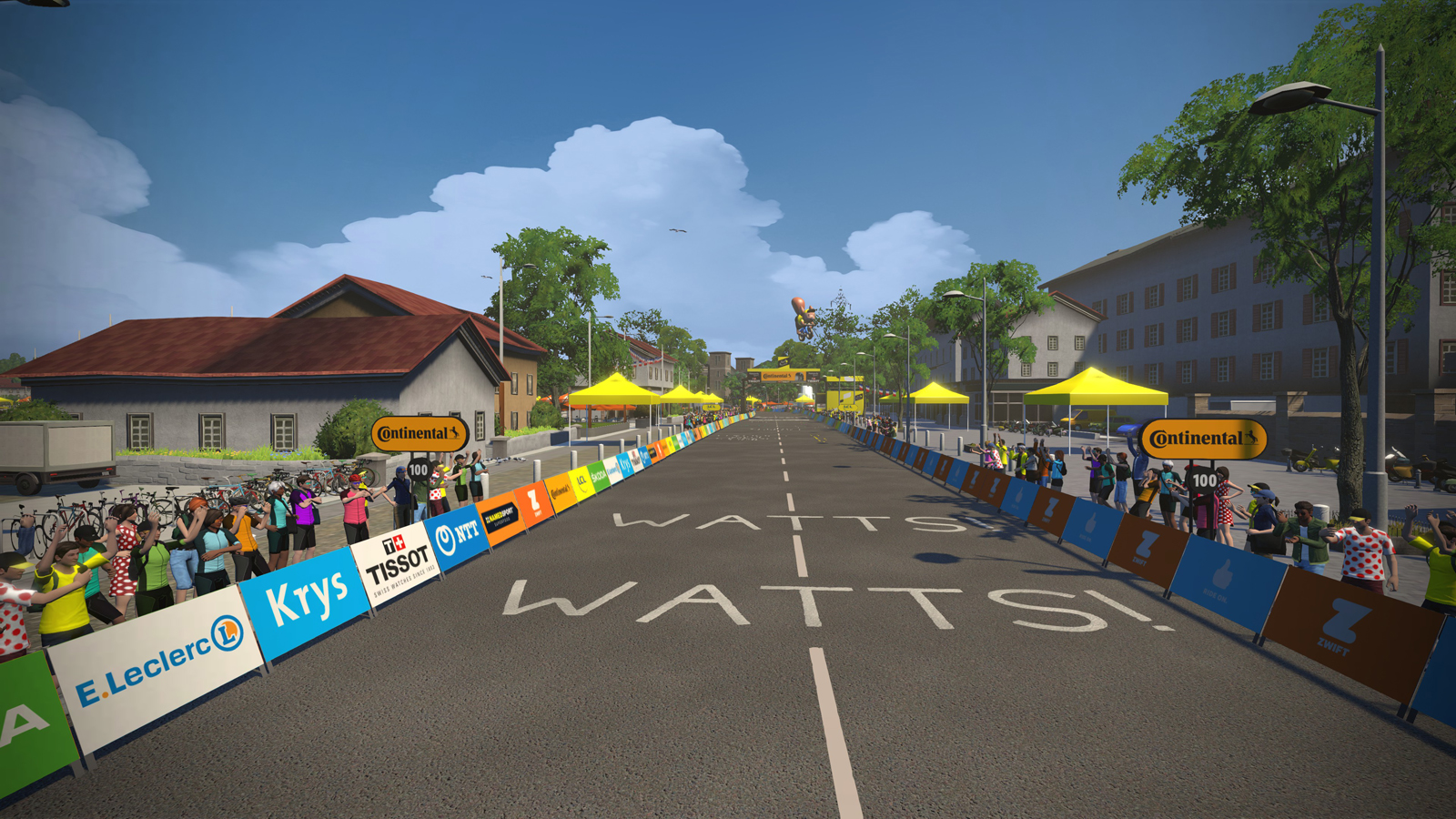
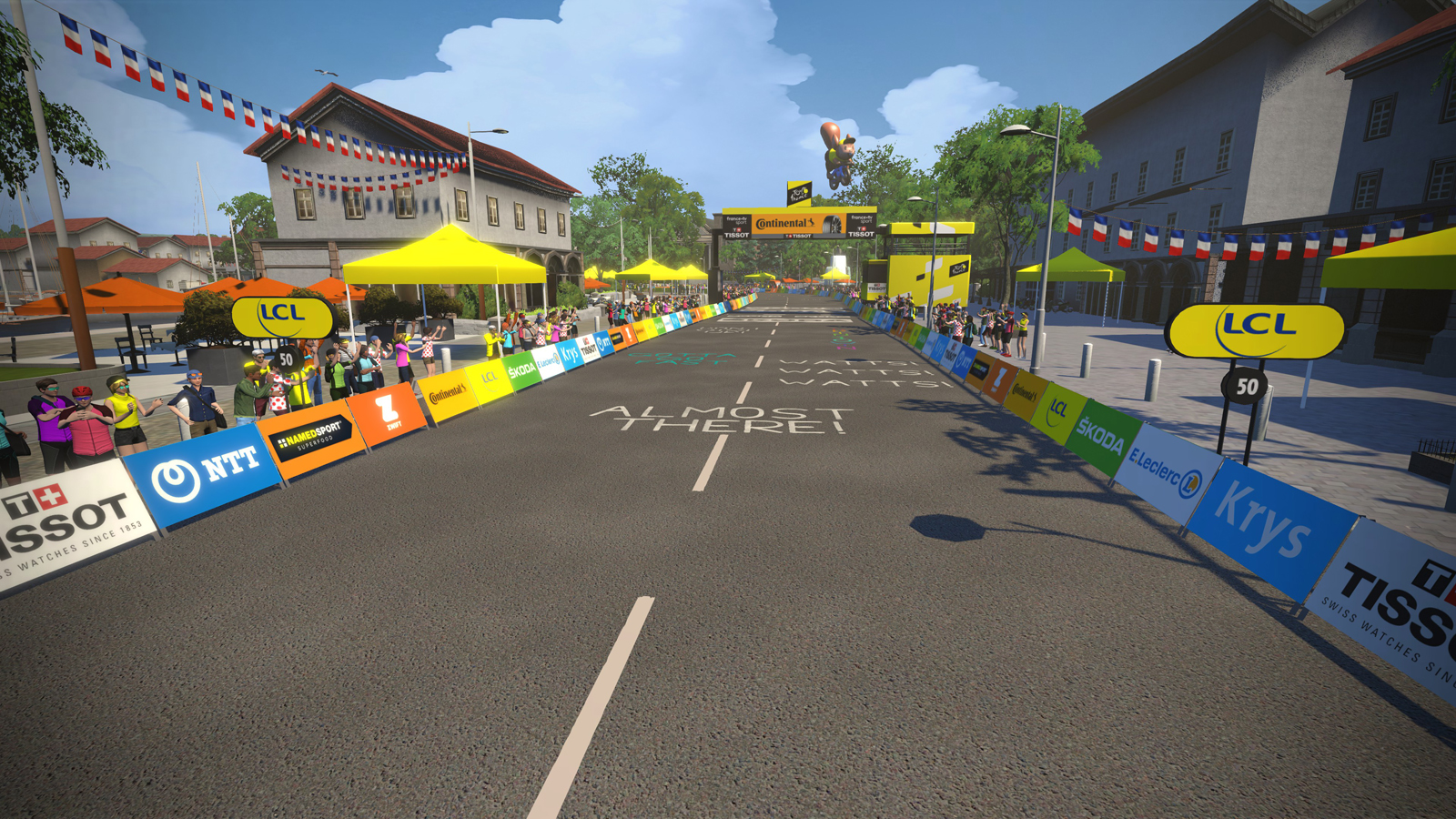
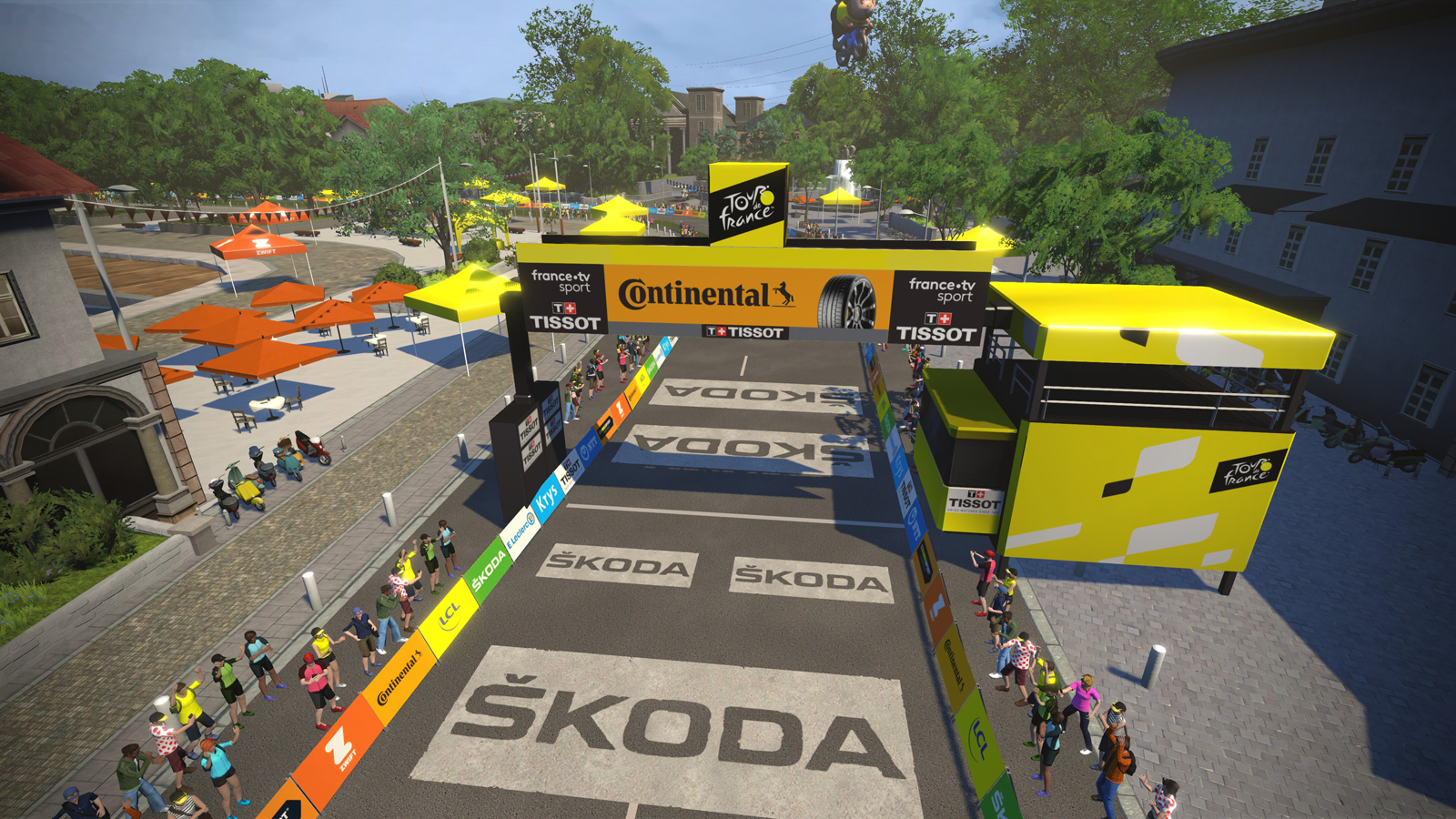
Stage 3 is the first time we'll get to see Zwift's new France world.
The stage traverses the new R.G.V route twice for a total of 48km. With a total ascent of just 266m, it's the flattest stage in the race and undoubtedly a day for the sprinters if they can control the attacks.
Starting with an ultra-flat roll out, the first sprint point comes at 10.7km, a 334m flat segment. Less than a kilometre later, riders see the only climb of the route, the Aqueduct KOM/QOM Reverse, which comprises a 5 per cent incline that lasts just 403 metres.

A further sprint segment sits at the 16.9km point on the course, and then a few rollers separate riders from the final sprint segment which, on lap two, will double up as the finish line.
In the real world, we'd be hoping for crosswinds on a day like this, but in the Zwift world, this is surely a nailed-on sprinter's day.
Stage 4: France Casse-Pattes, 45.8 km (28.6 mi) / 310 m (1016 ft)
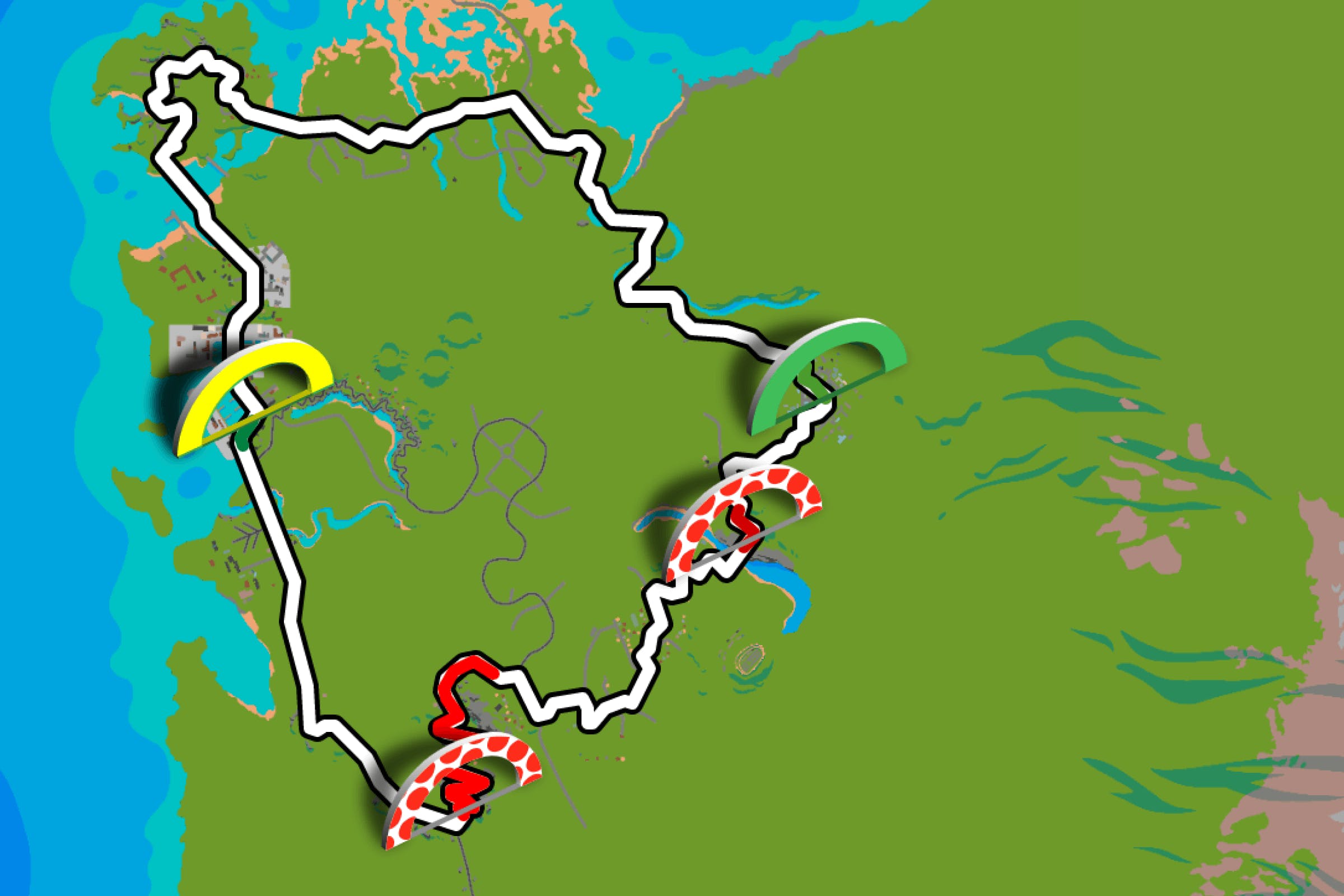
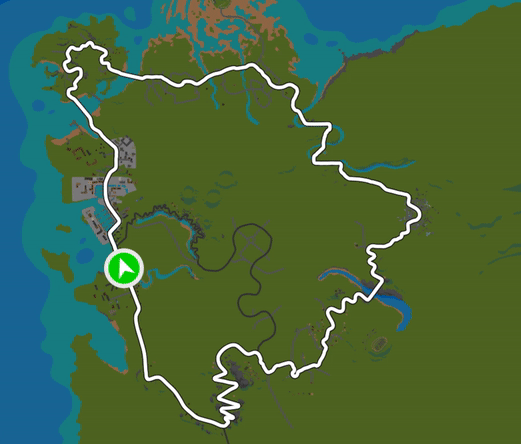

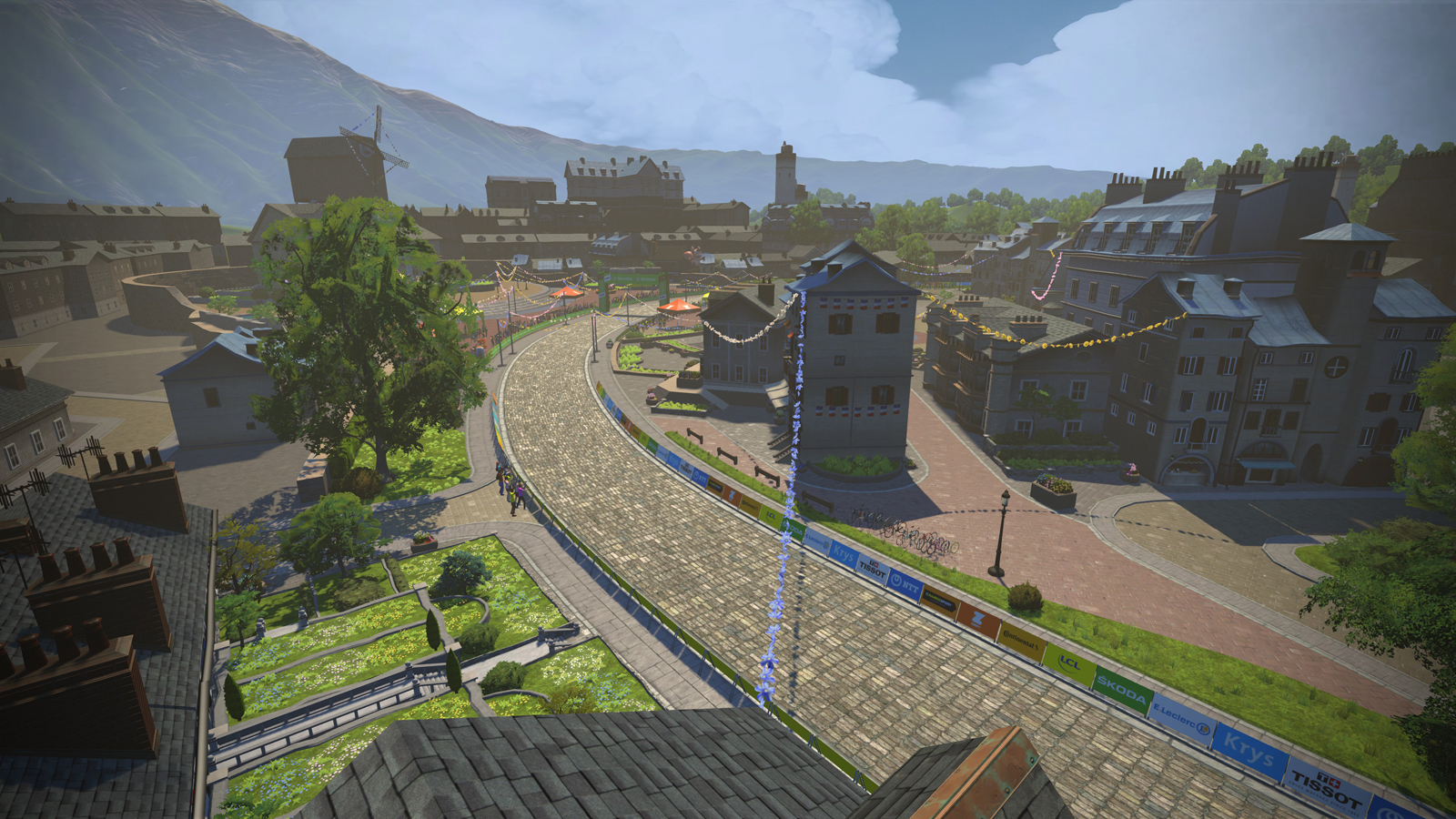




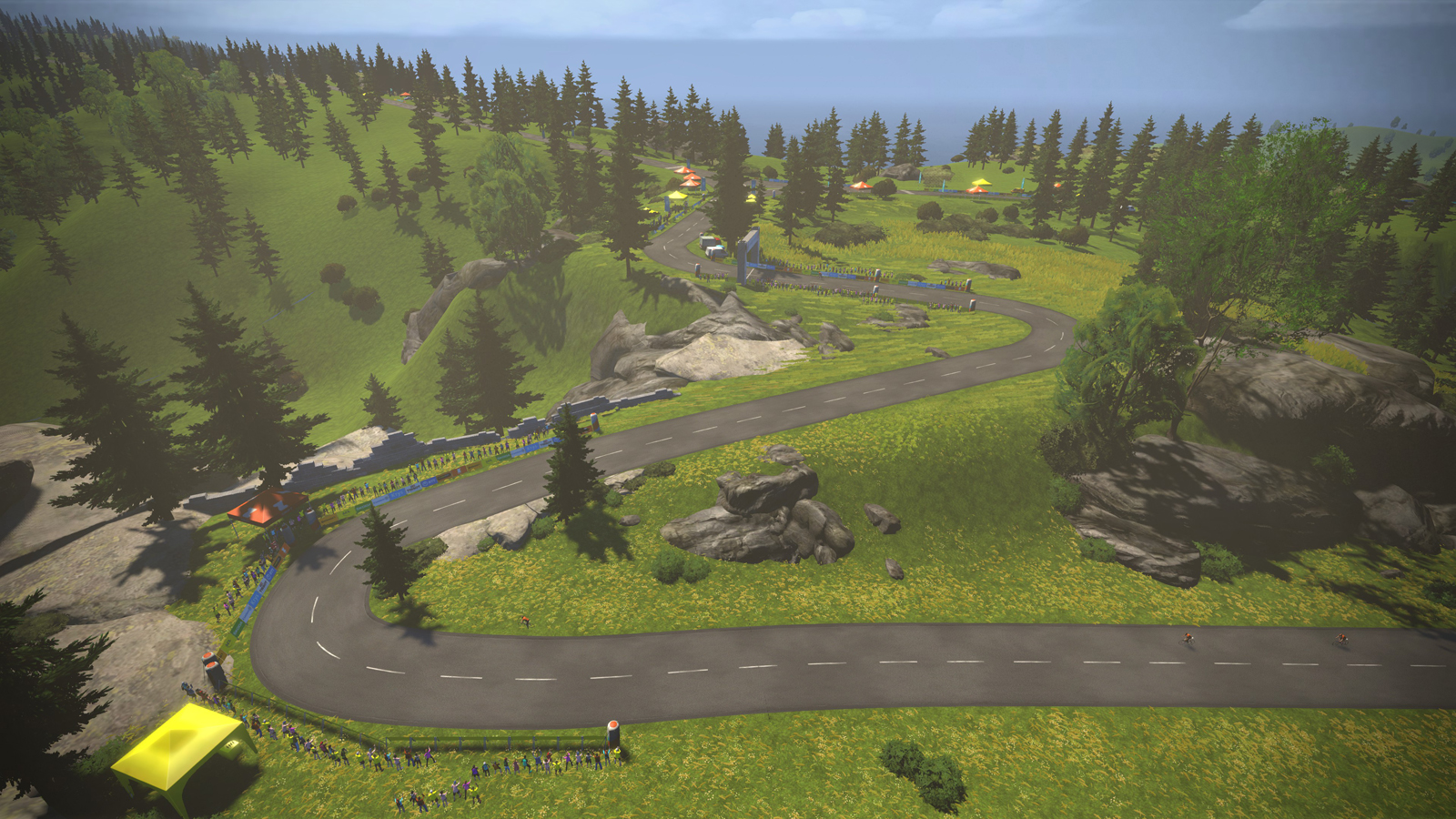
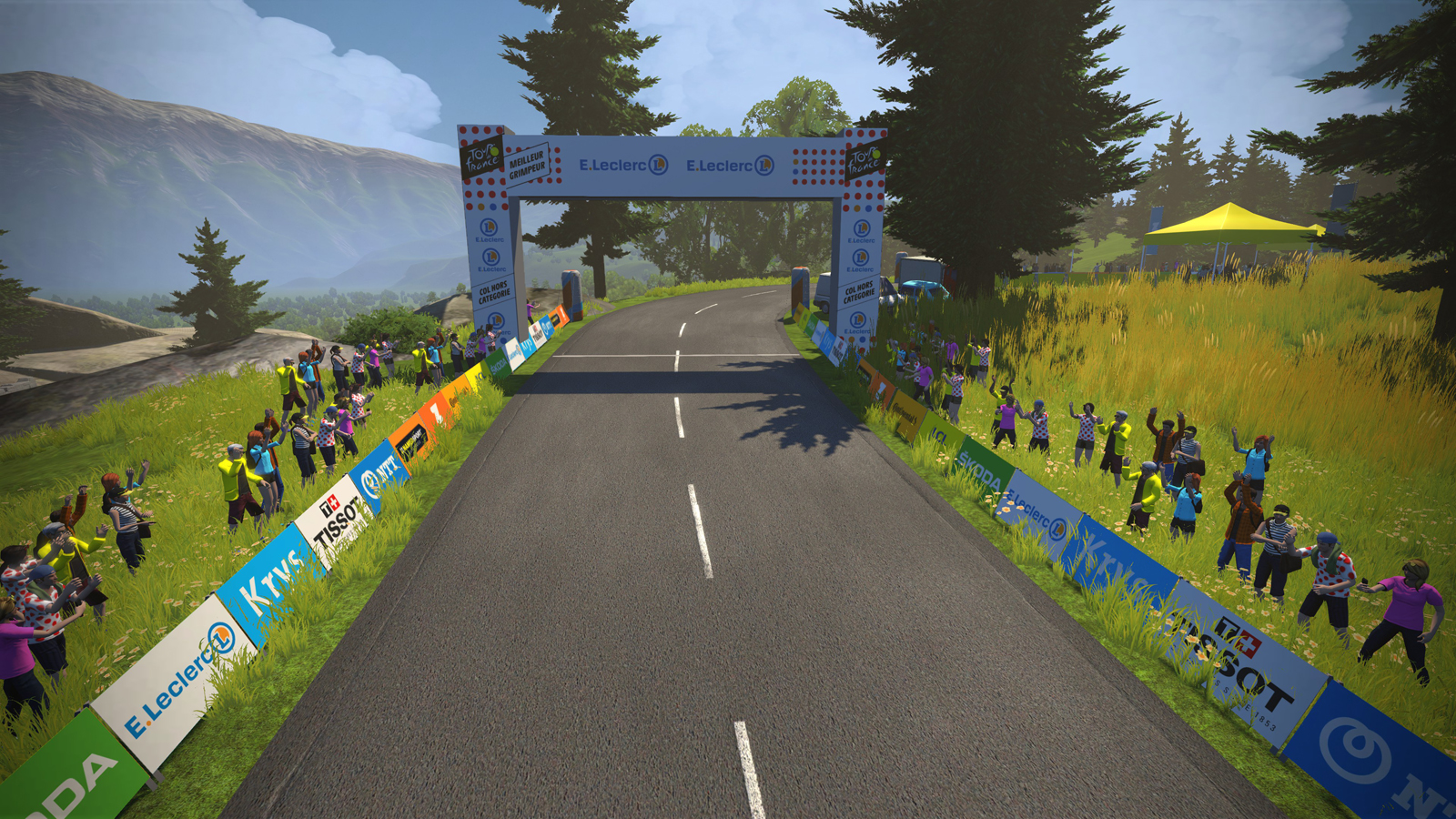





Contrary to Stage 3, the fourth stage will be a day where sprinters are rested and climbers are brought back into the fold.
It is another foray into the new France Zwift world as riders head to Casse-Pattes. This route uses many of the same roads as the previous day, but swaps the flat run into the Marina Sprint finish line in favour of Petite KOM/QOM, a 2.7km ascent with an average gradient of 4 per cent.
There are two KOMs/QOMs and a solitary sprint segment per lap, and the riders will cover it twice for a total of 45.8km.

The Petite KOM climb will come at 16.4km and 39.3km into the race, and while there's a long descent before the finish, the short flat run-in from the bottom to the finish line is likely to mean whoever crests the KOM first is likely to be in the running for the stage win.
Stage 5: France La Reine, 22.8 km (14.2 mi) / Elevation Gain: 1205 m (3953 ft)
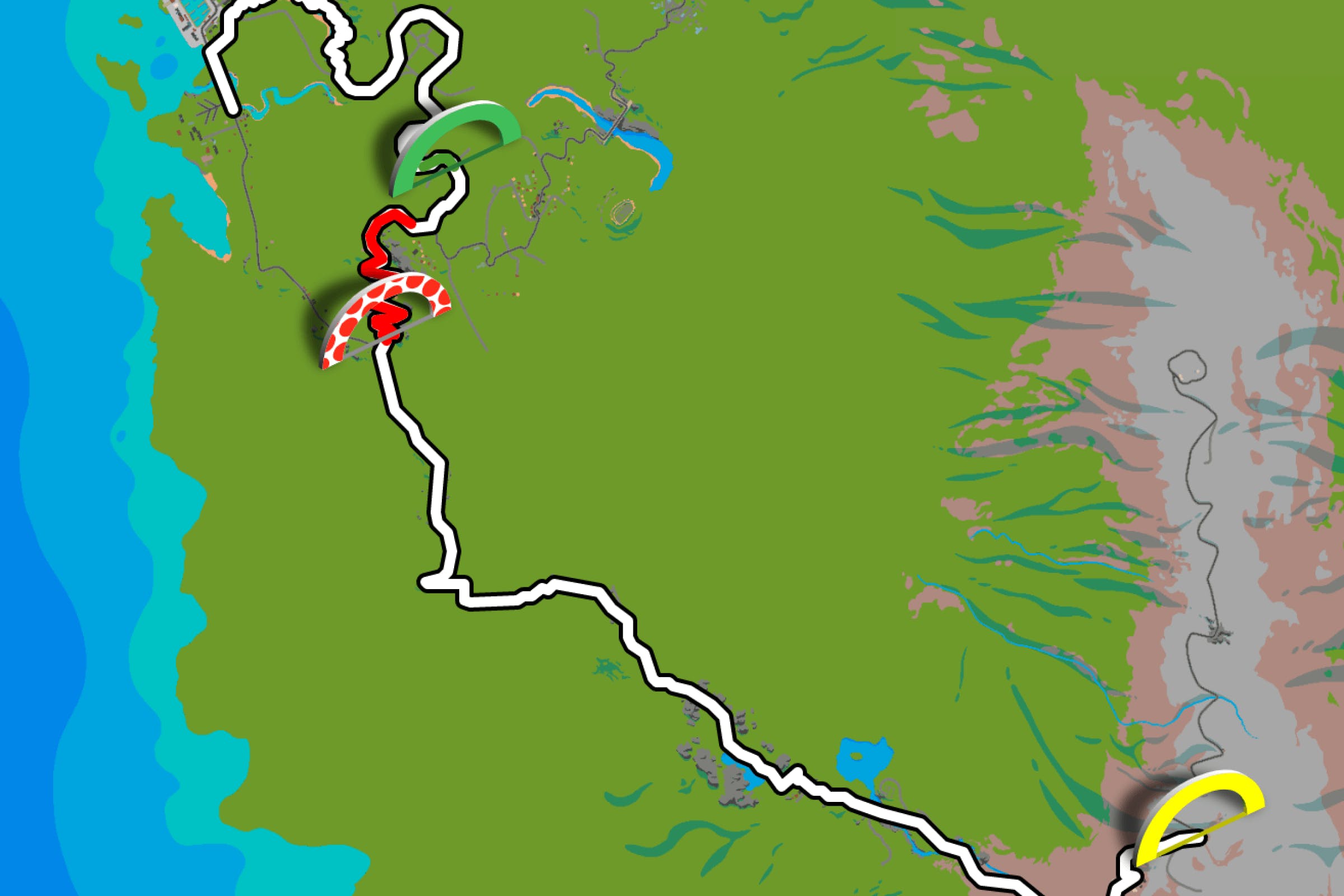
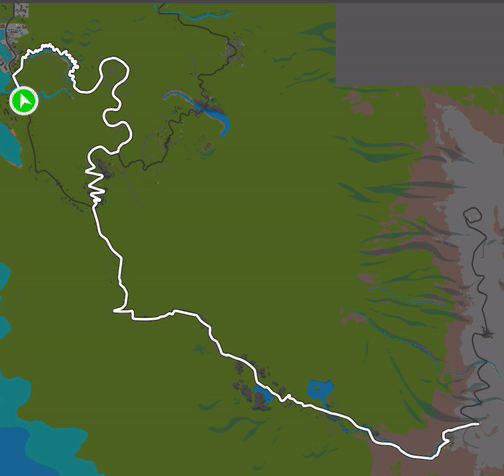





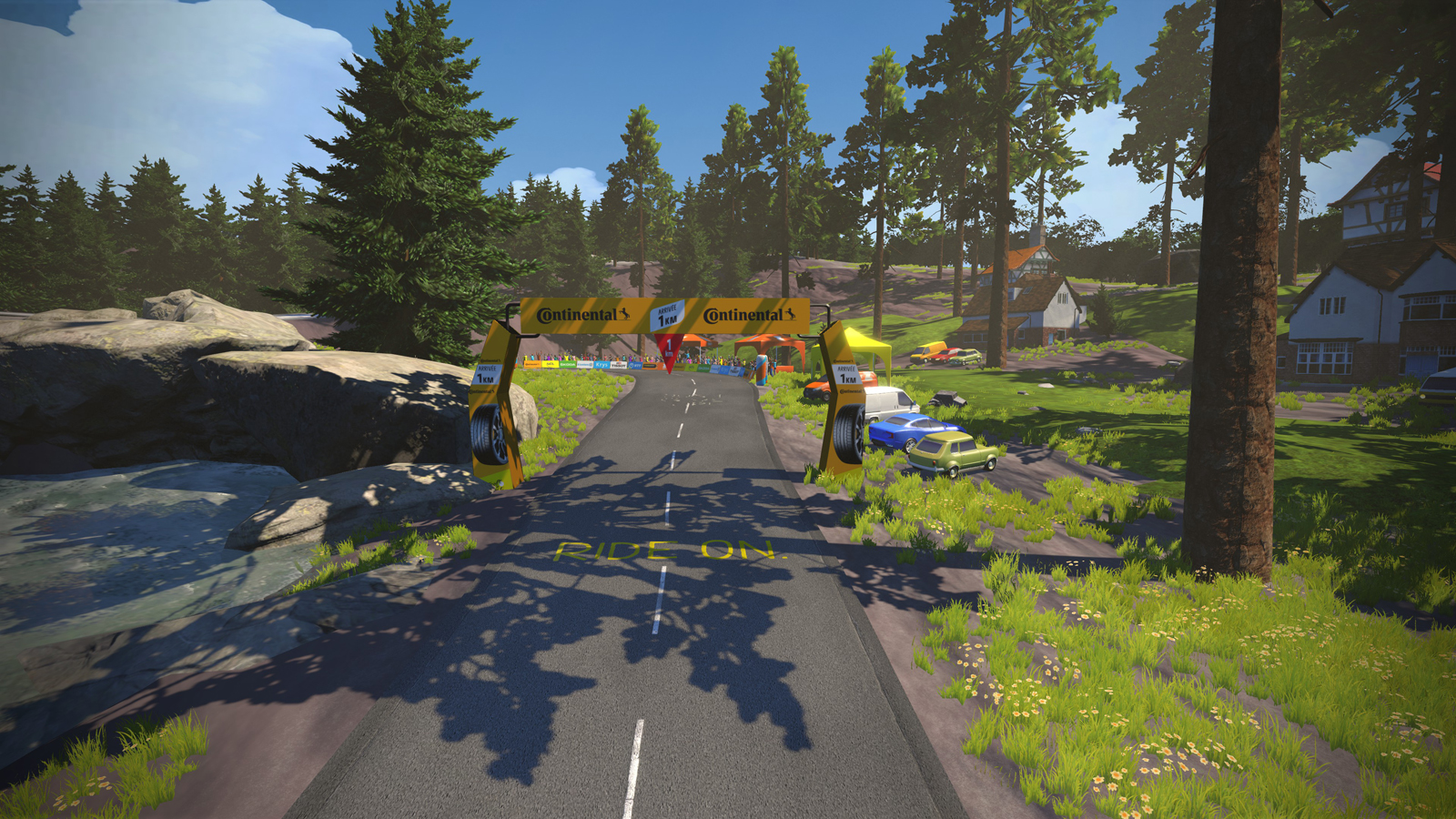
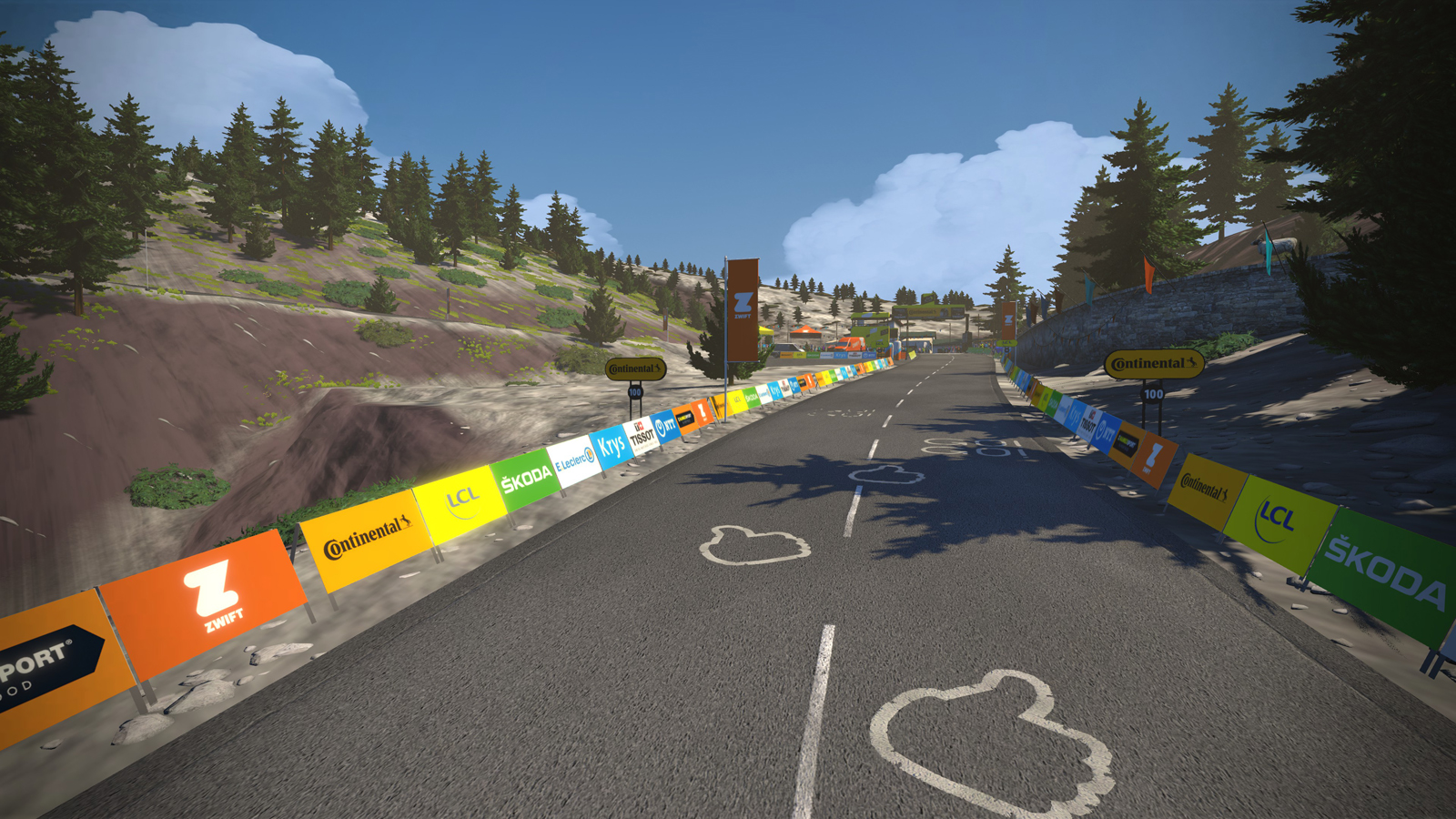
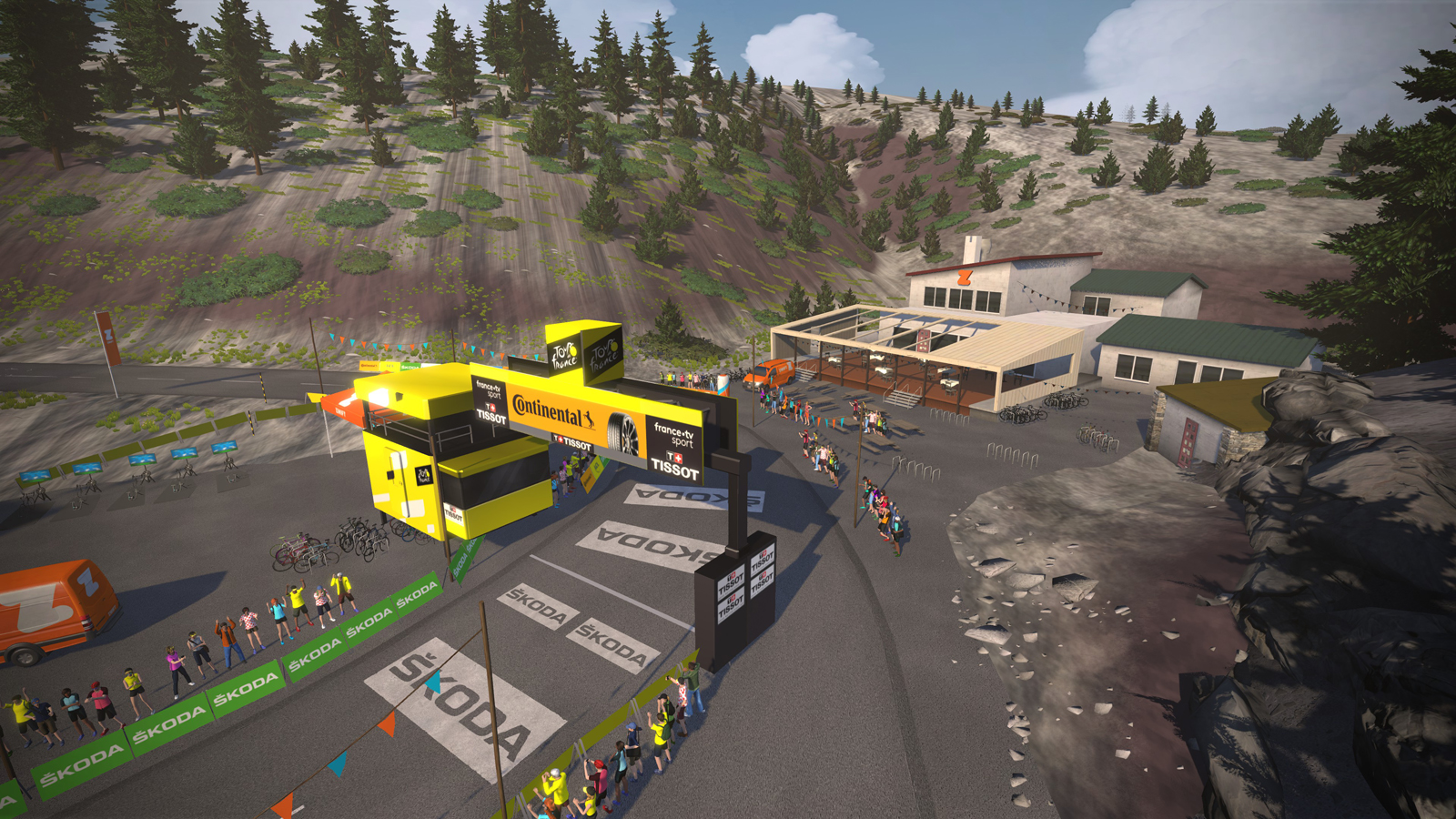
Stage 5, the Queen stage, is the final day riders will spend in Zwift's France world, and they'll do so on 'La Reine', which comprises an 8.2km flat section followed by the lower slopes of the Mont Ventoux climb.
After 6.9km, a 212m sprint segment will get riders' legs going, then at 8.2km, the climbing begins with the Petite KOM/QOM segment - the same climb tackled in stage 5. However, instead of turning back downhill to the Marina, riders will continue ascending for a further 11.6km, bringing the day's total ascent to over 1200m.

This is undoubtedly where the KOM jersey will be won and lost. The finish line to this ride is at Chalet Reynard checkpoint, marking the only Category 1 climb in the race - 20 points will be awarded to the winner here.
Stage 6: France Champs-Élysées, 42.8 km (26.6 mi) / 234 m (762 ft)
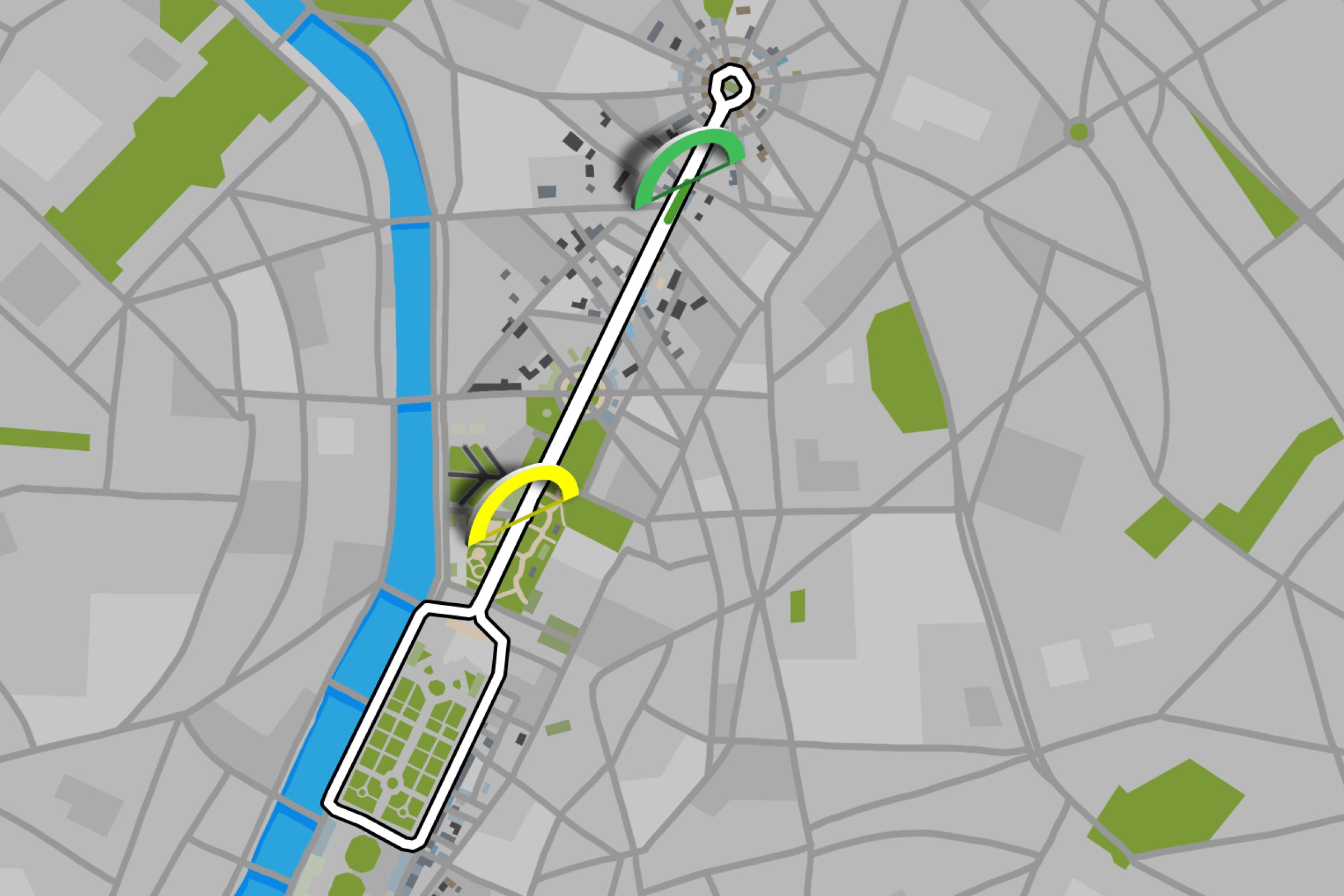
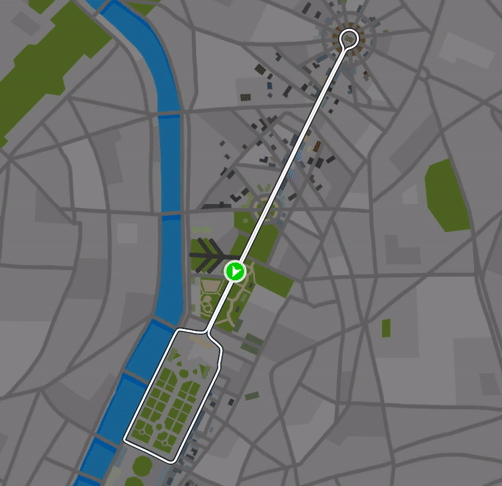
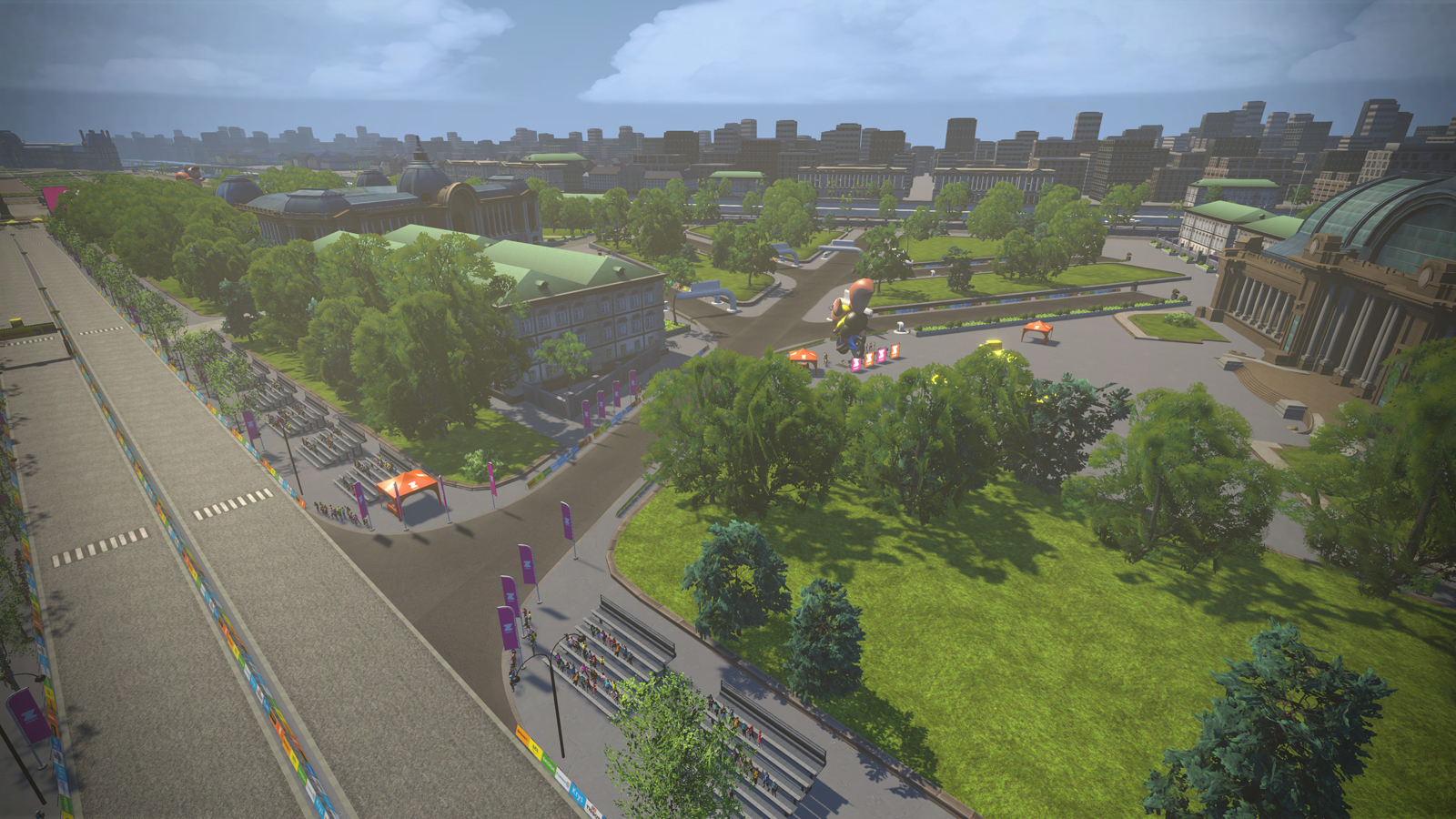
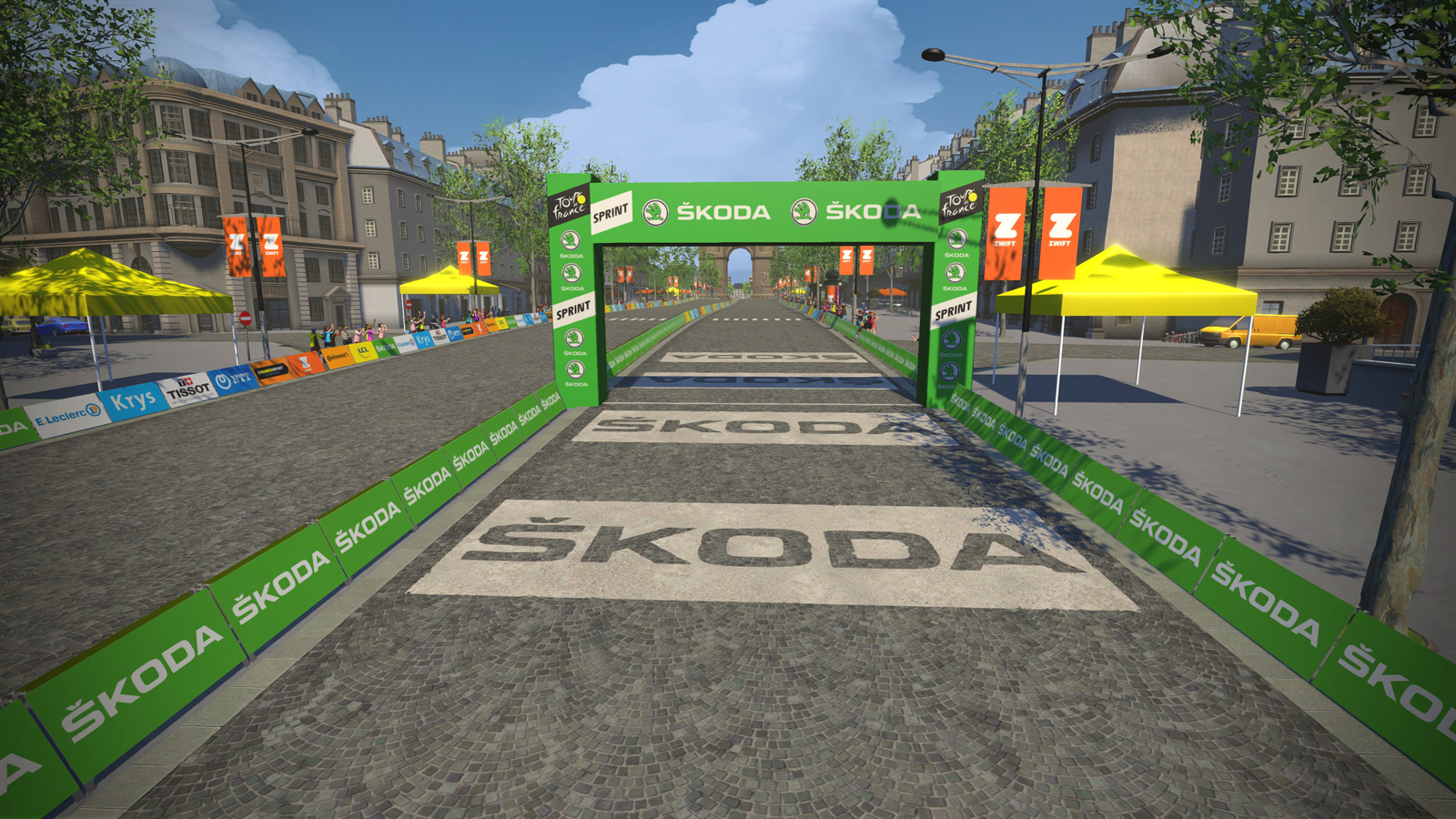
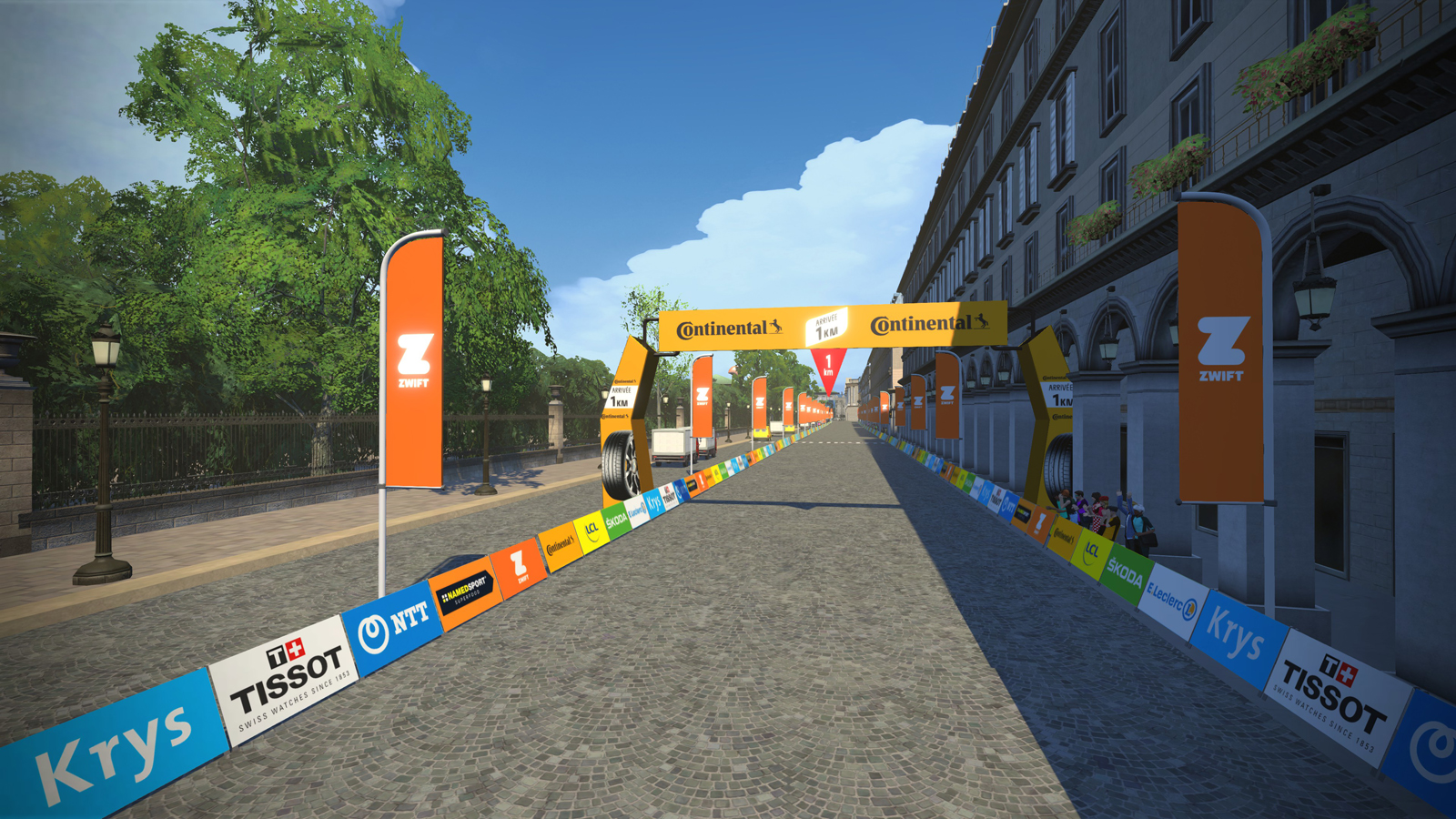
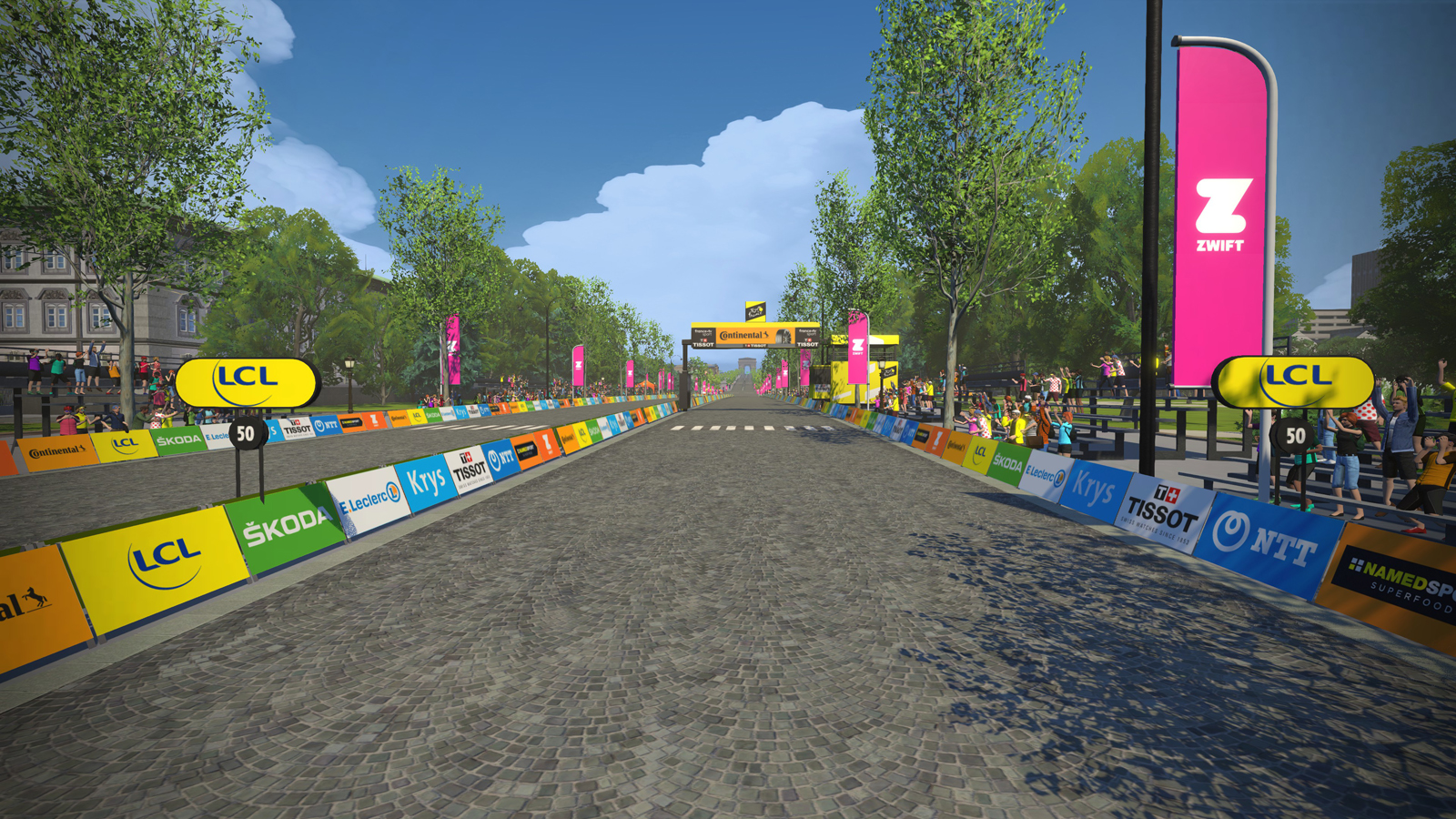
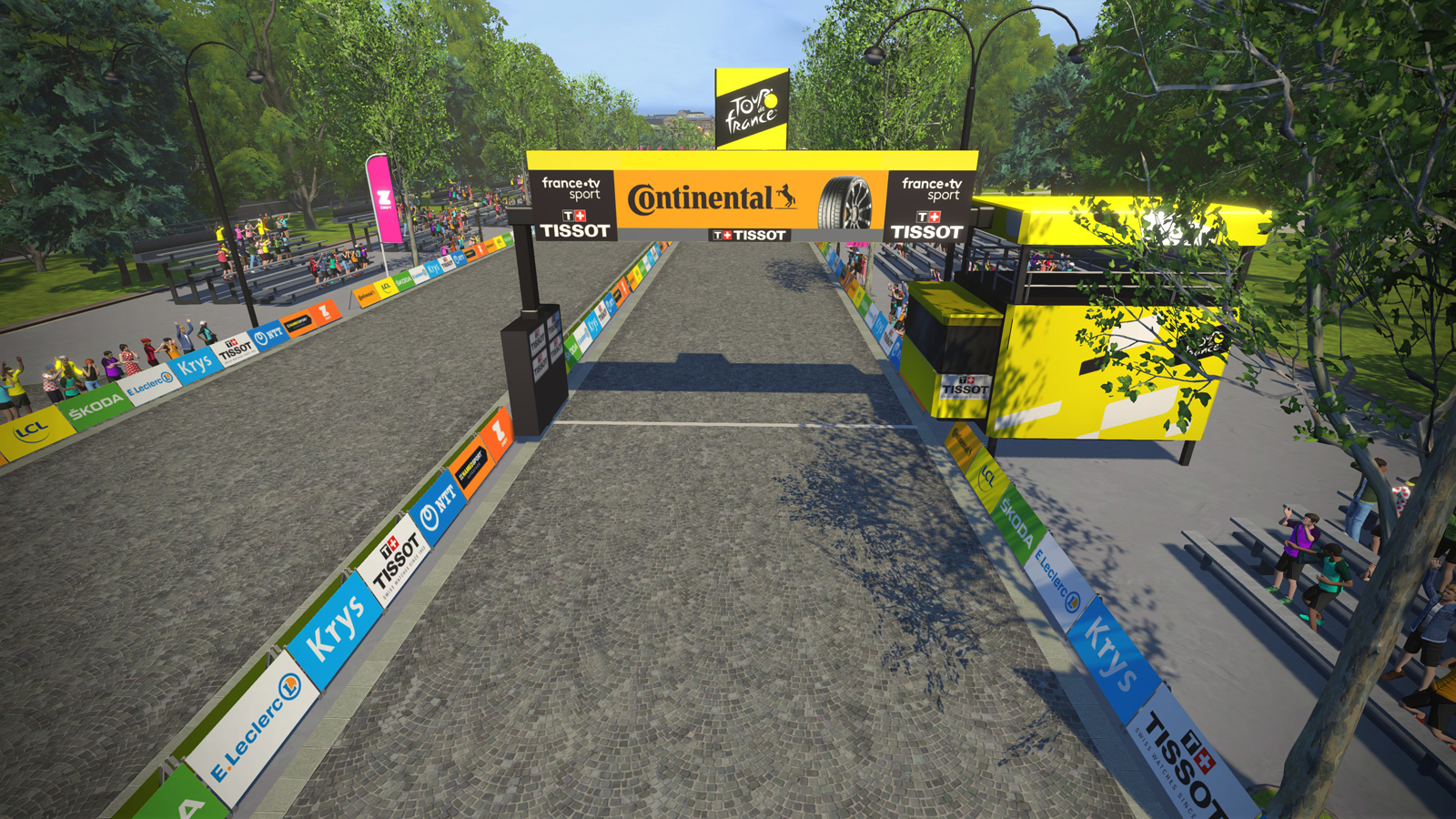
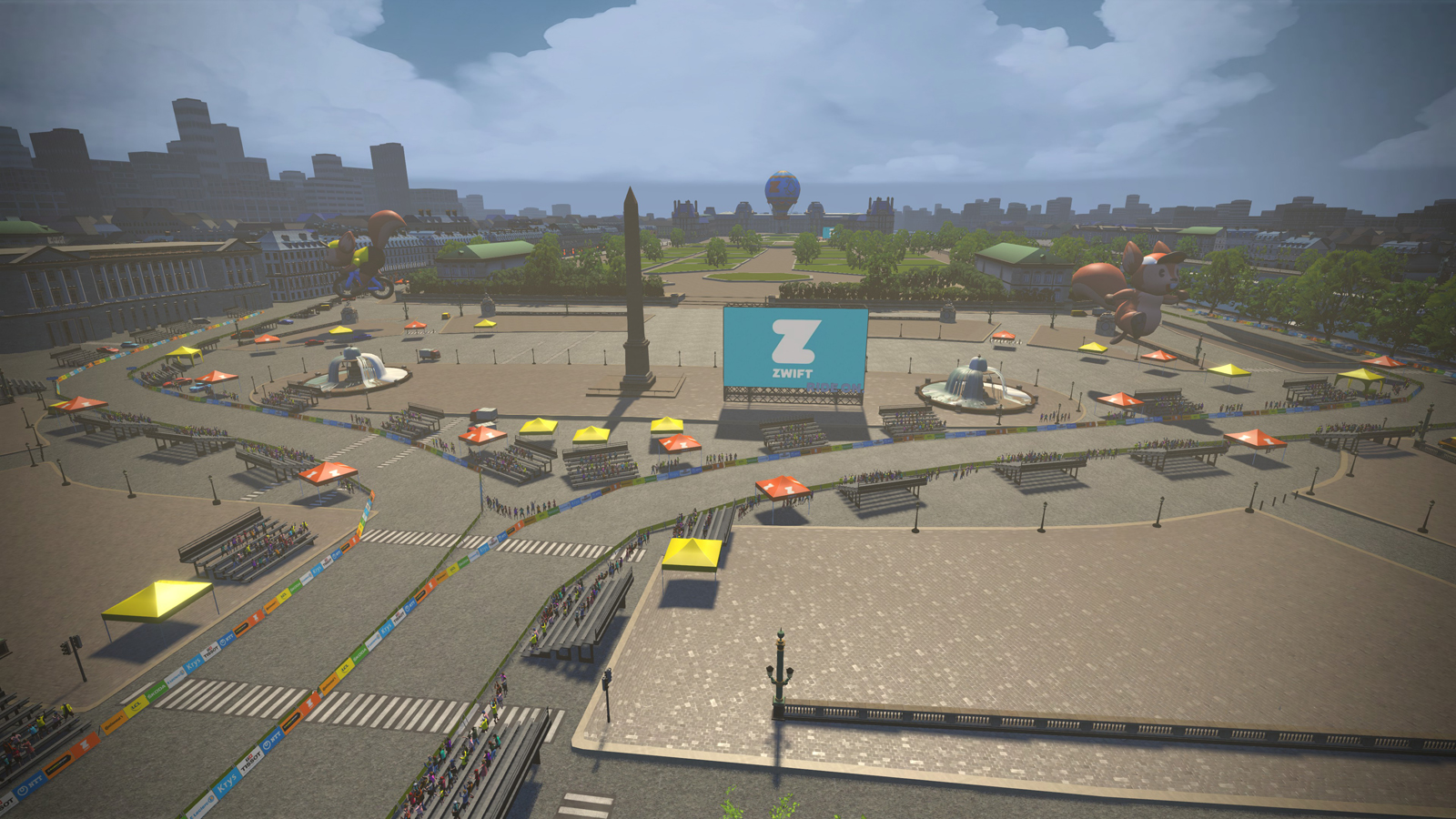
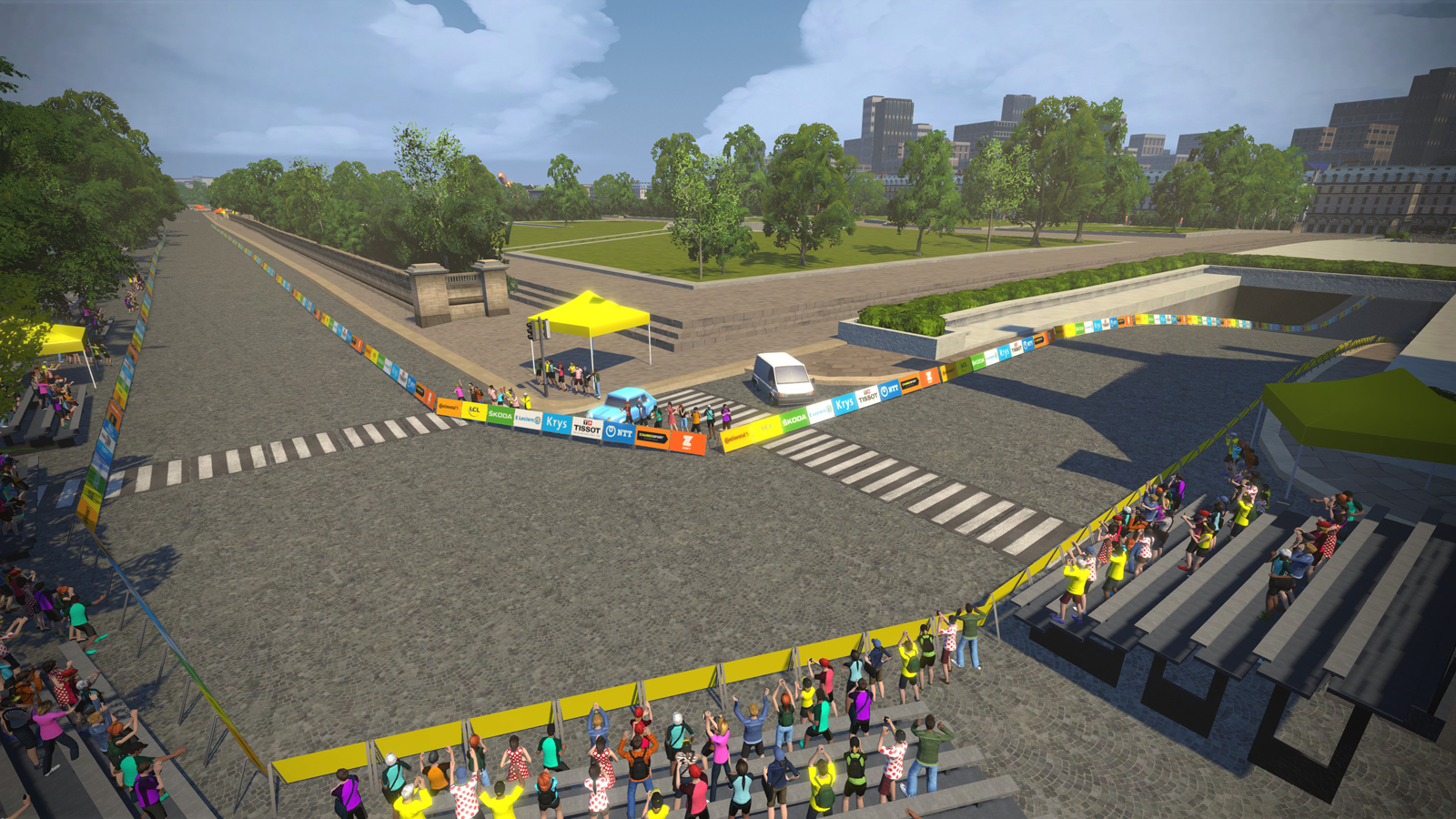
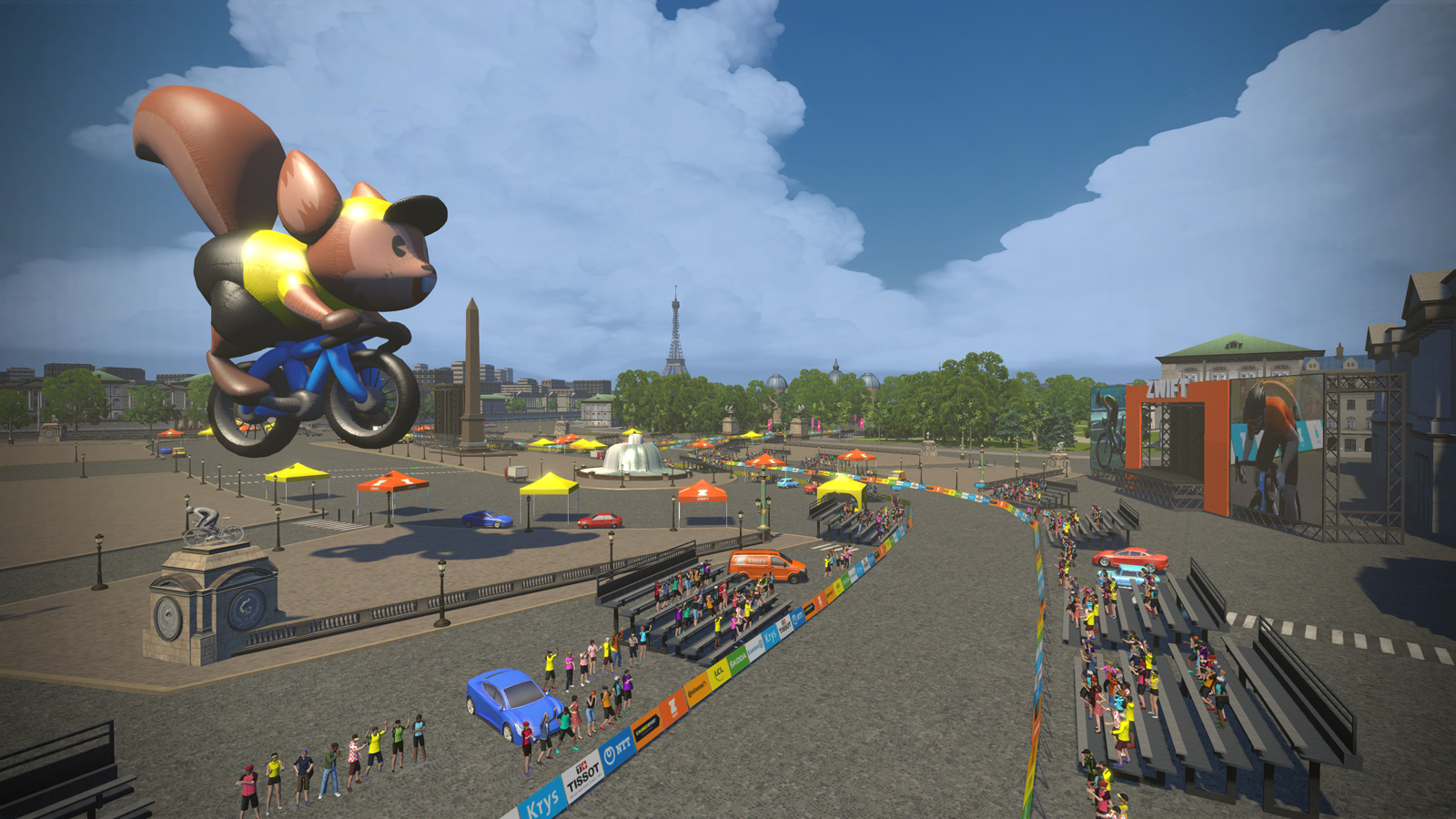
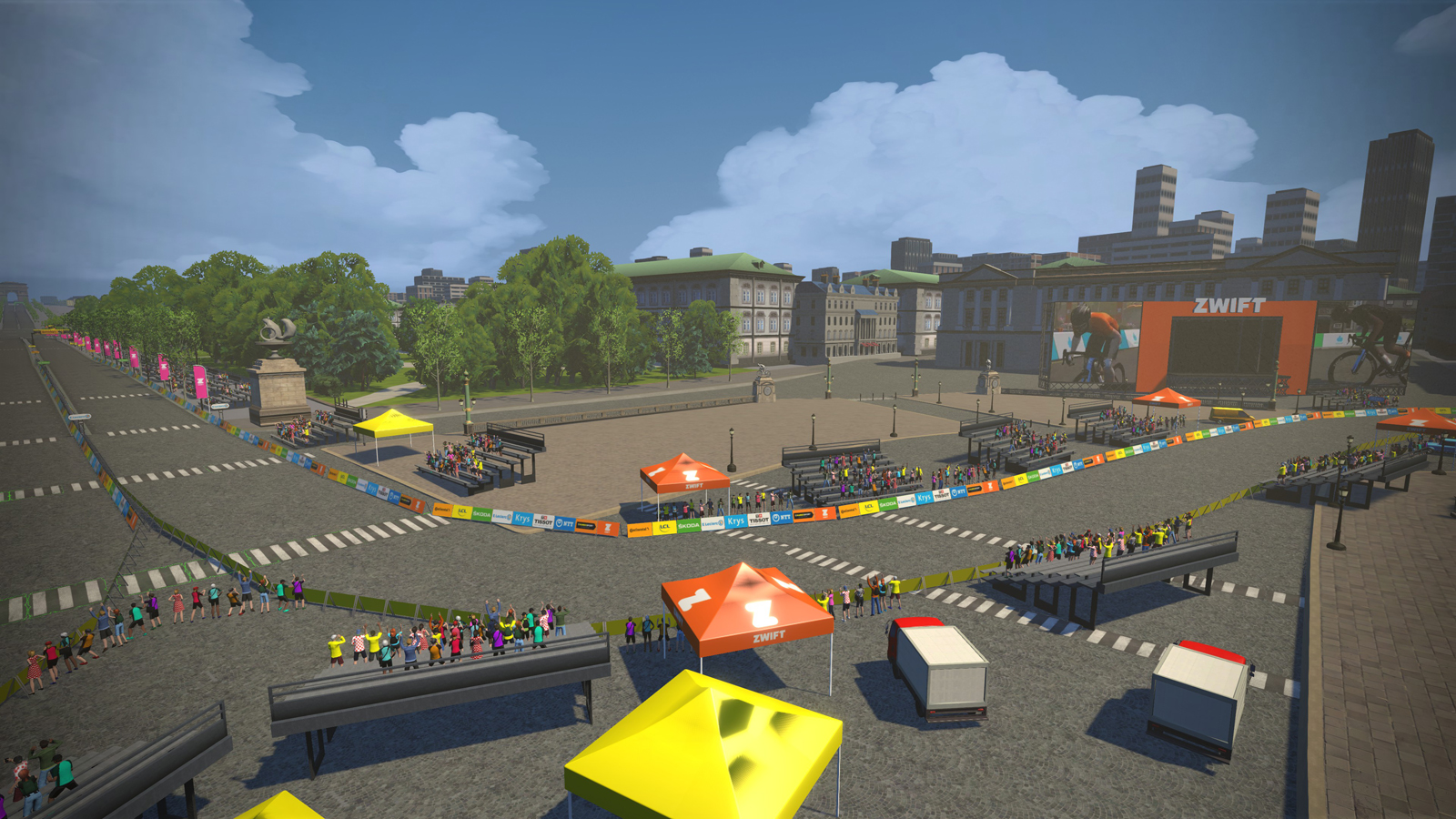
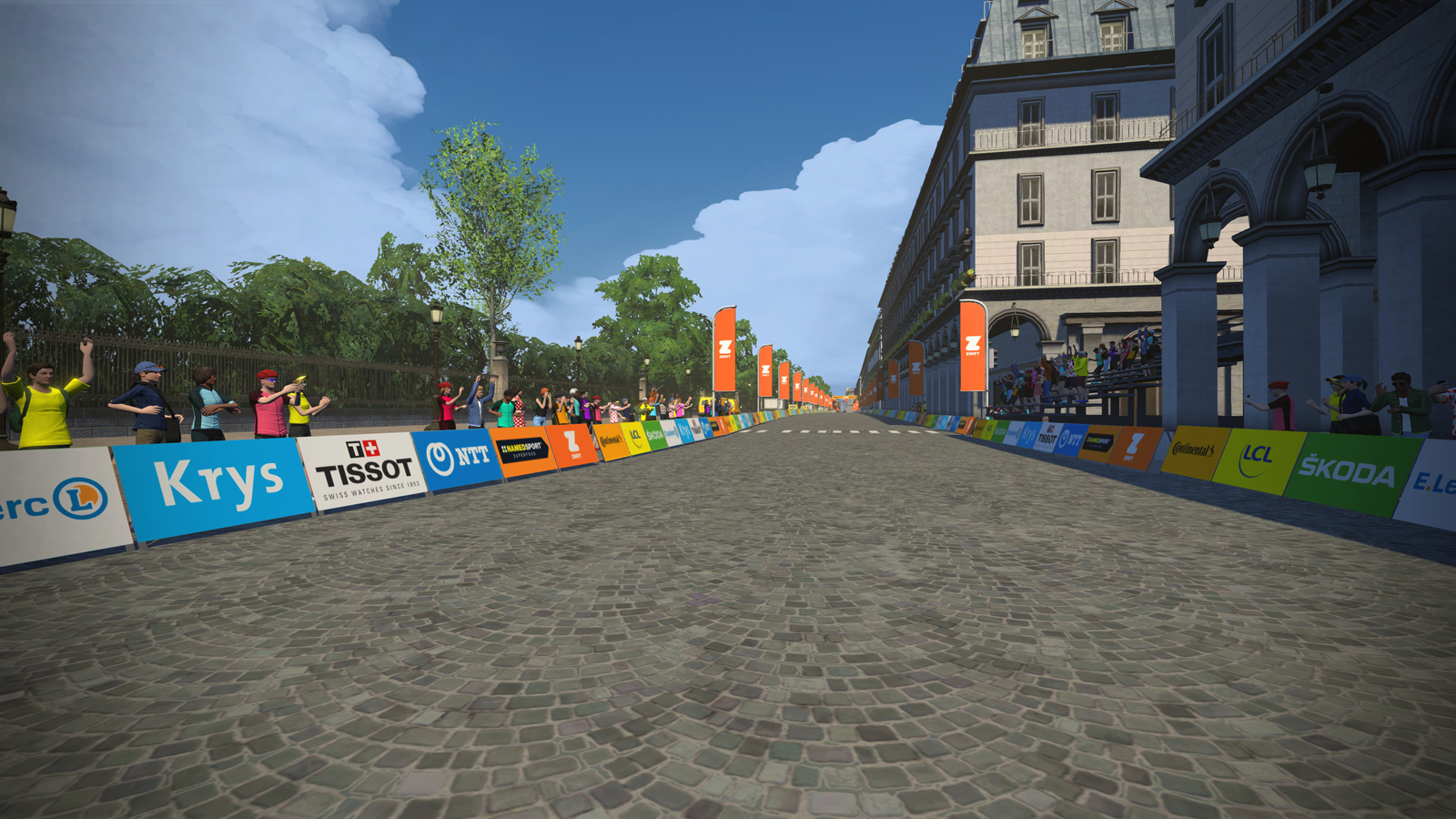
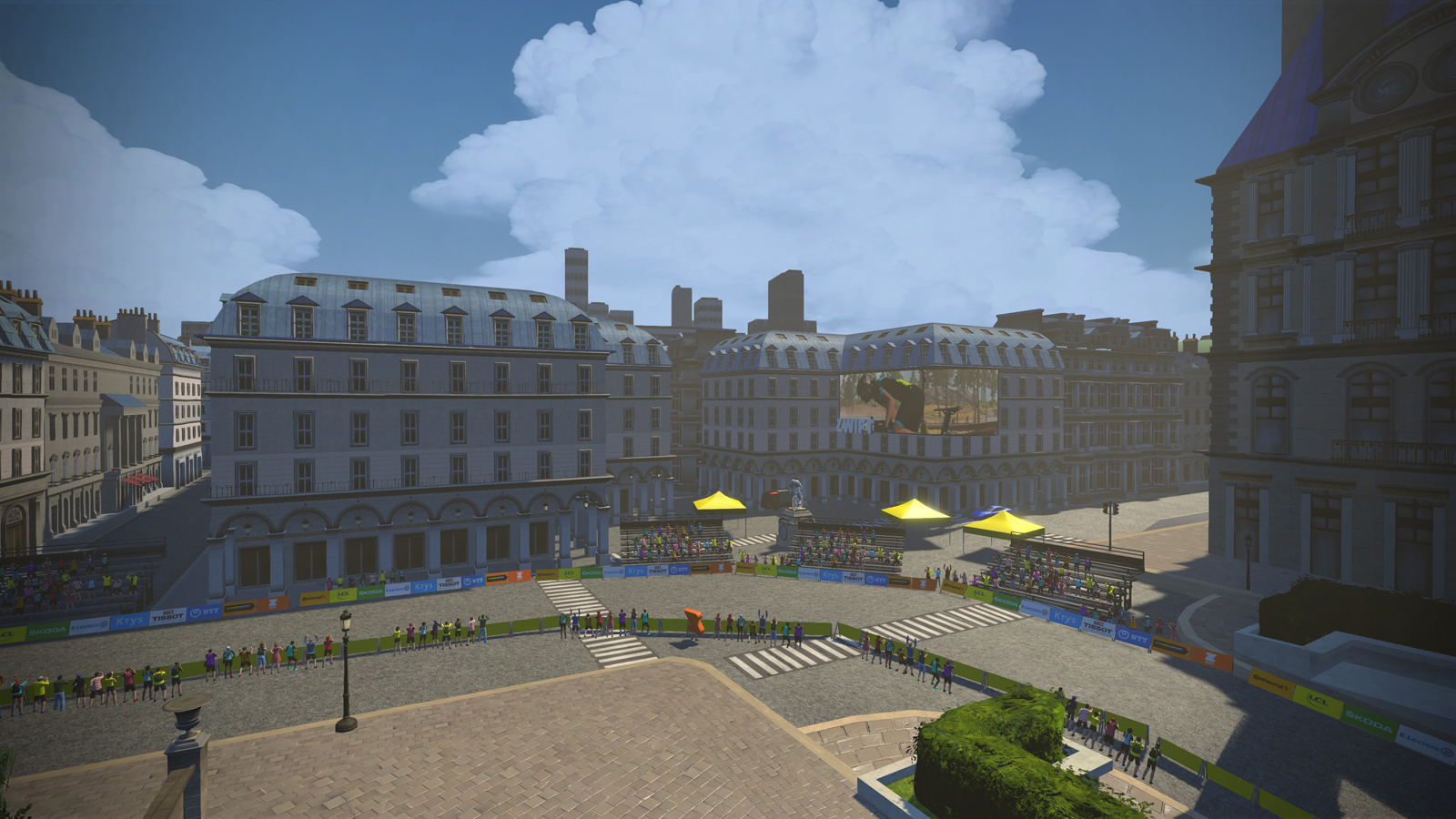
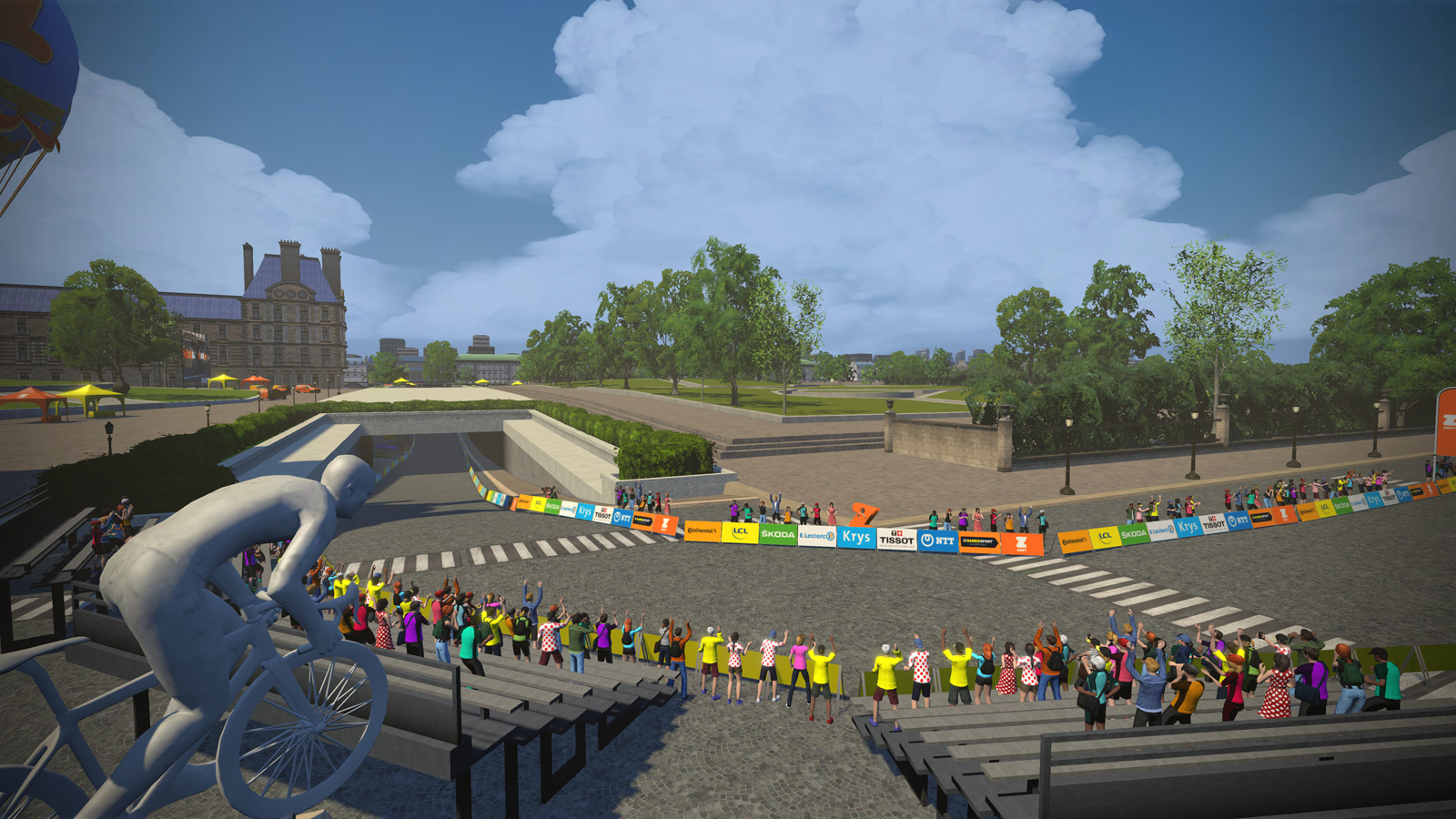
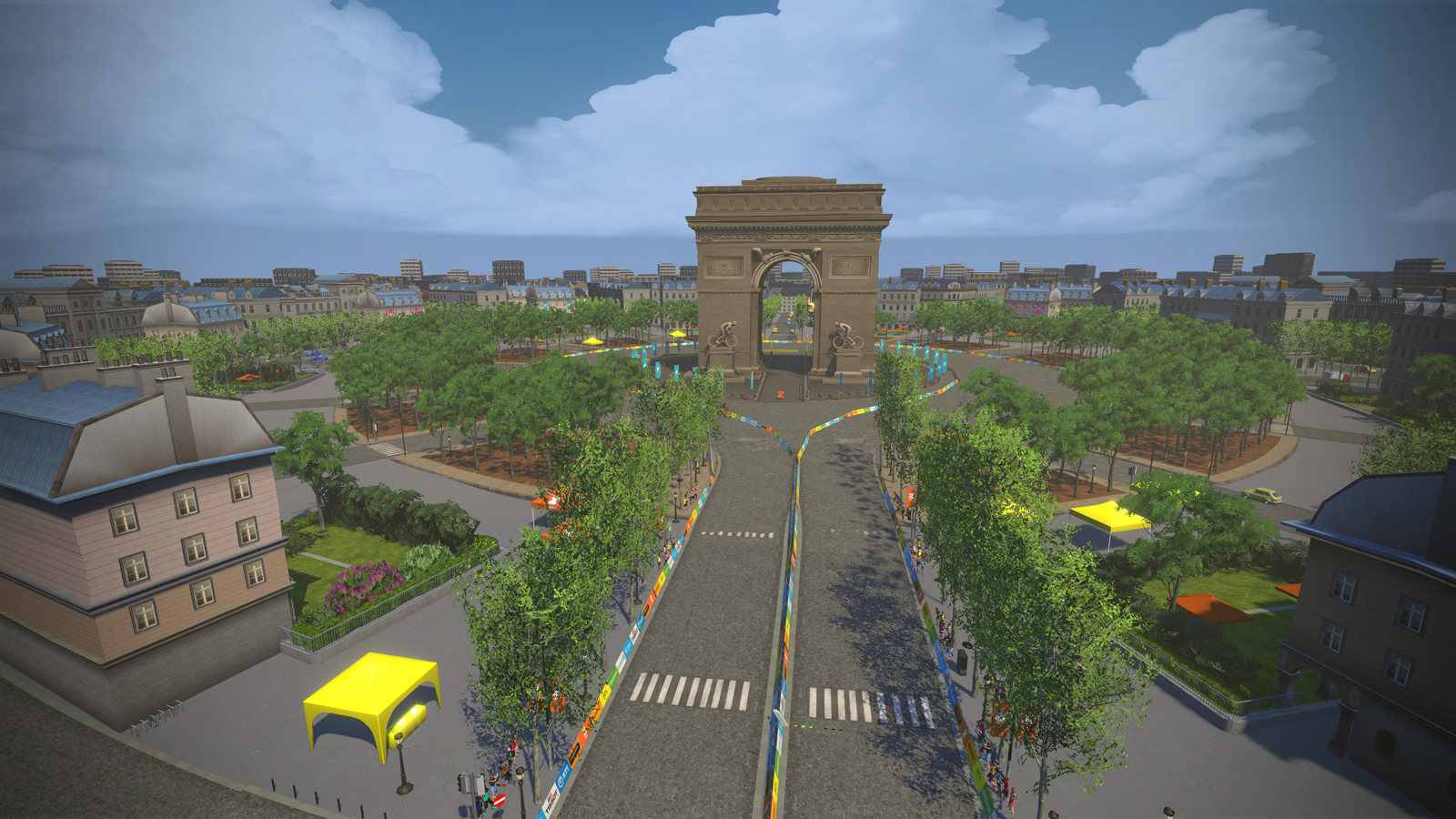

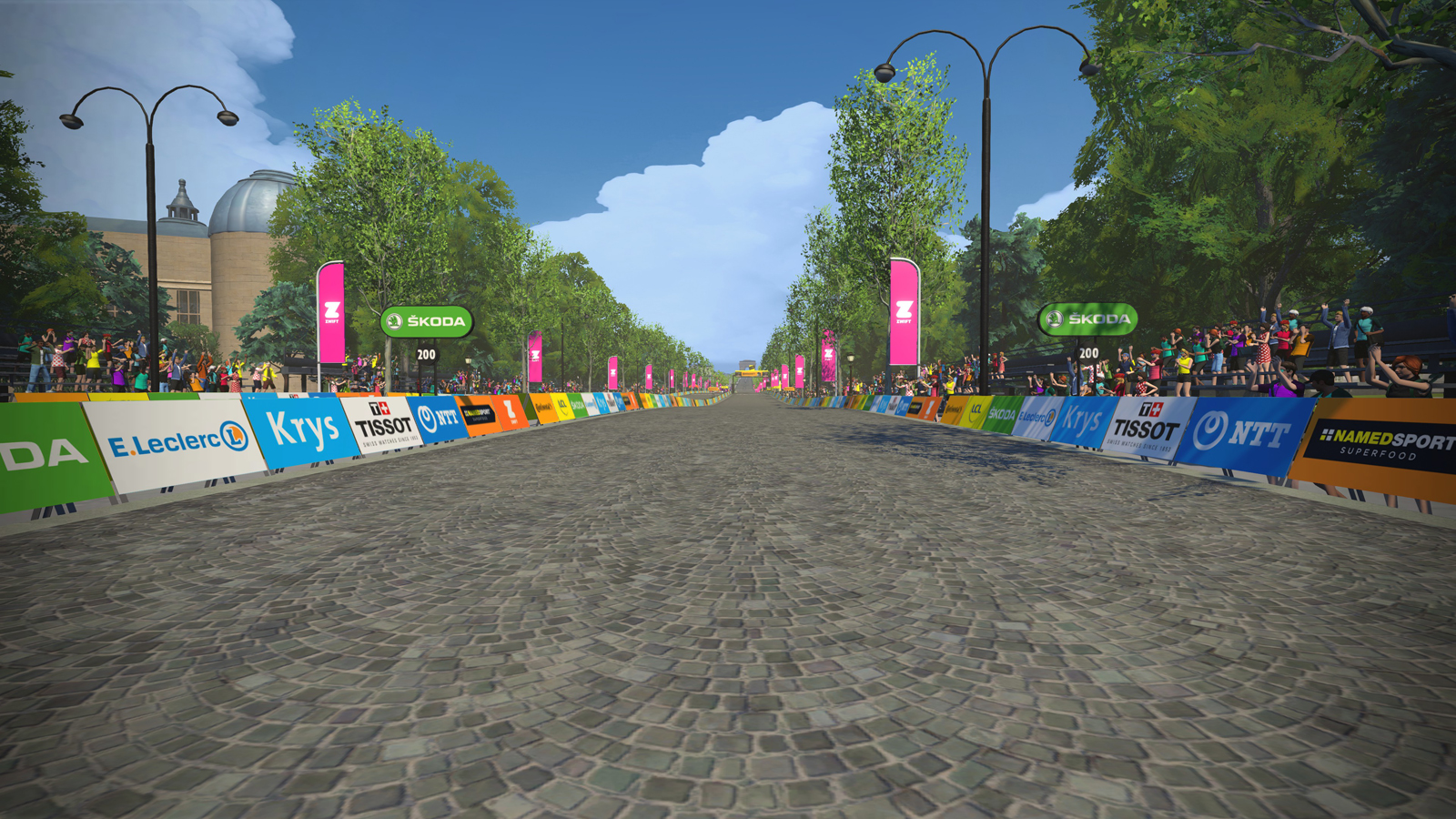
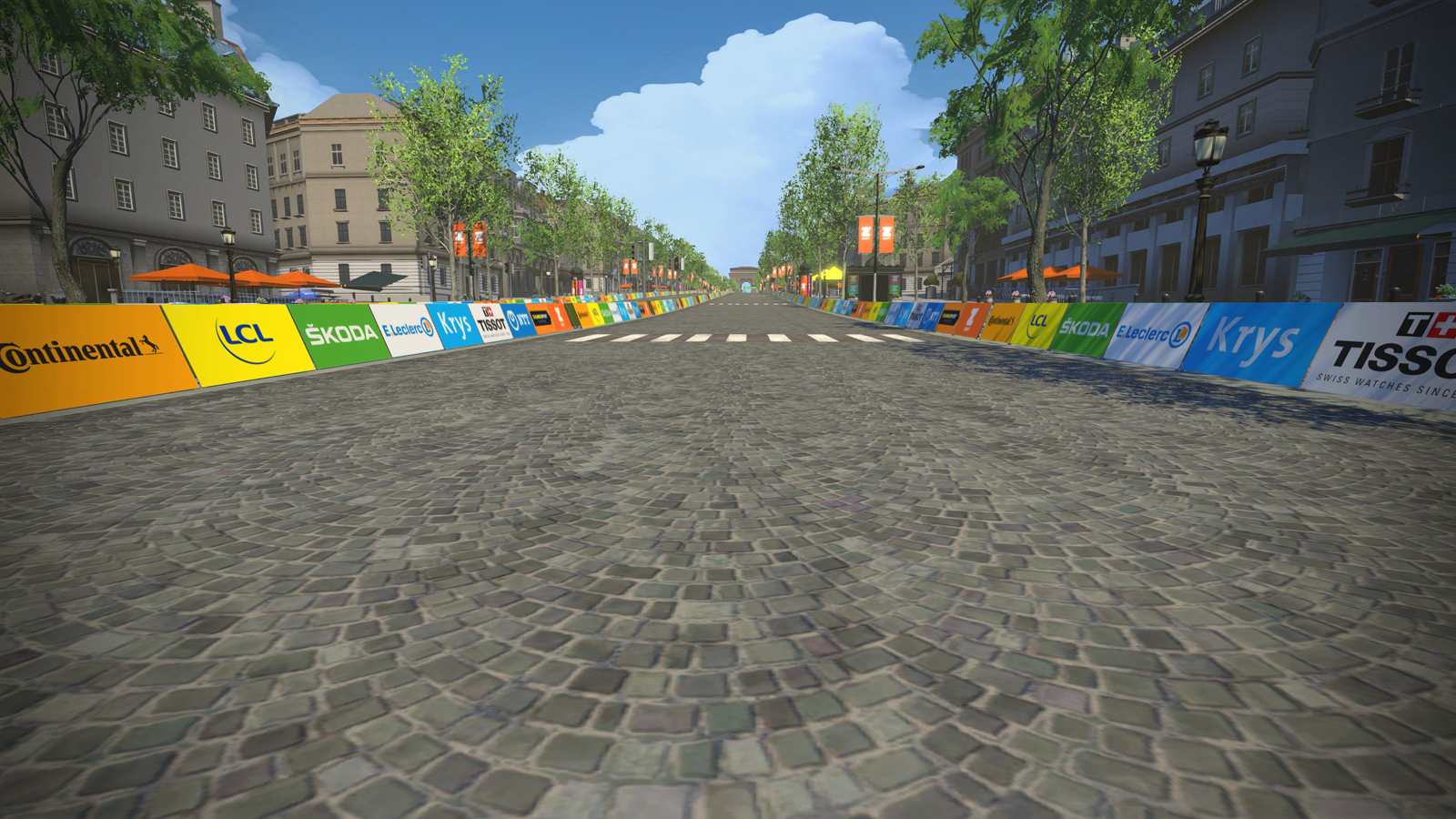
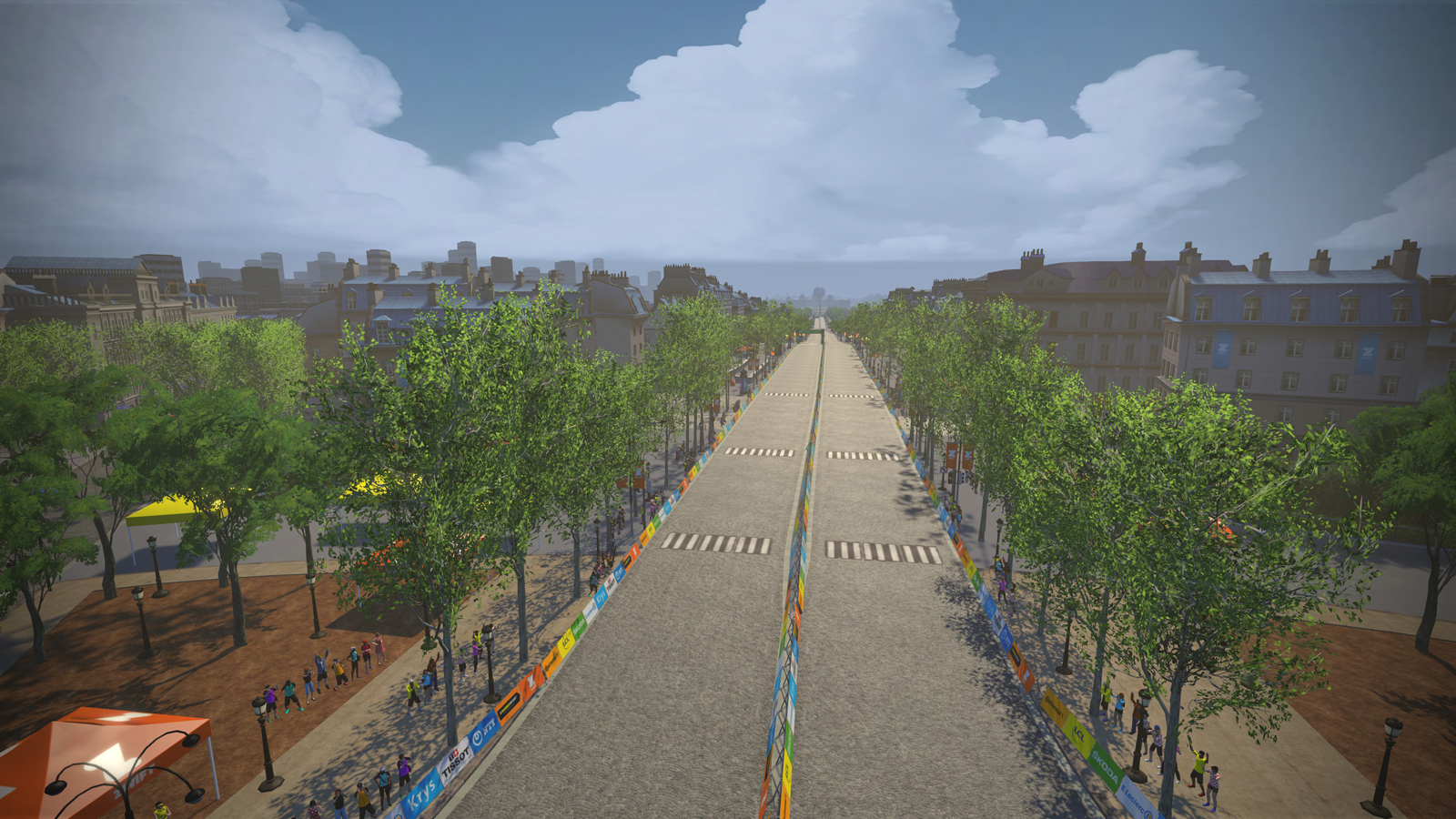
Zwift's second new world, launched specifically for the 2020 Virtual Tour de France, exists in Paris.
The 'Champs-Élysées' route replicates the longstanding final day of the real-world Tour, circling the Arc de Triomphe and finishing on the famous cobbled streets of the Champs-Élysées.
Riders will undertake six laps of the 6.6km route, throughout which there are no climbs, but a sprint segment on each lap.

Don't expect a champagne-filled, arm-in-arm procession. This is where the green jersey will be won and lost, and on the final dash to the line, the 50 points on offer could decide which team walks away with the coveted maillot jaune.

Josh is Associate Editor of Cyclingnews – leading our content on the best bikes, kit and the latest breaking tech stories from the pro peloton. He has been with us since the summer of 2019 and throughout that time he's covered everything from buyer's guides and deals to the latest tech news and reviews.
On the bike, Josh has been riding and racing for over 15 years. He started out racing cross country in his teens back when 26-inch wheels and triple chainsets were still mainstream, but he found favour in road racing in his early 20s, racing at a local and national level for Somerset-based Team Tor 2000. These days he rides indoors for convenience and fitness, and outdoors for fun on road, gravel, 'cross and cross-country bikes, the latter usually with his two dogs in tow.